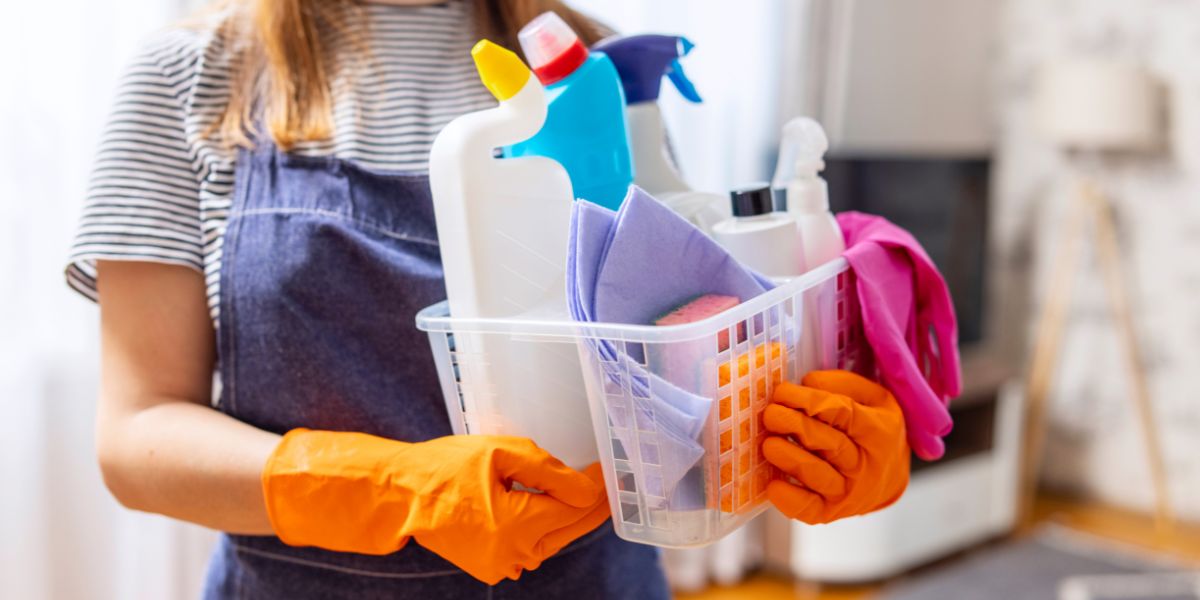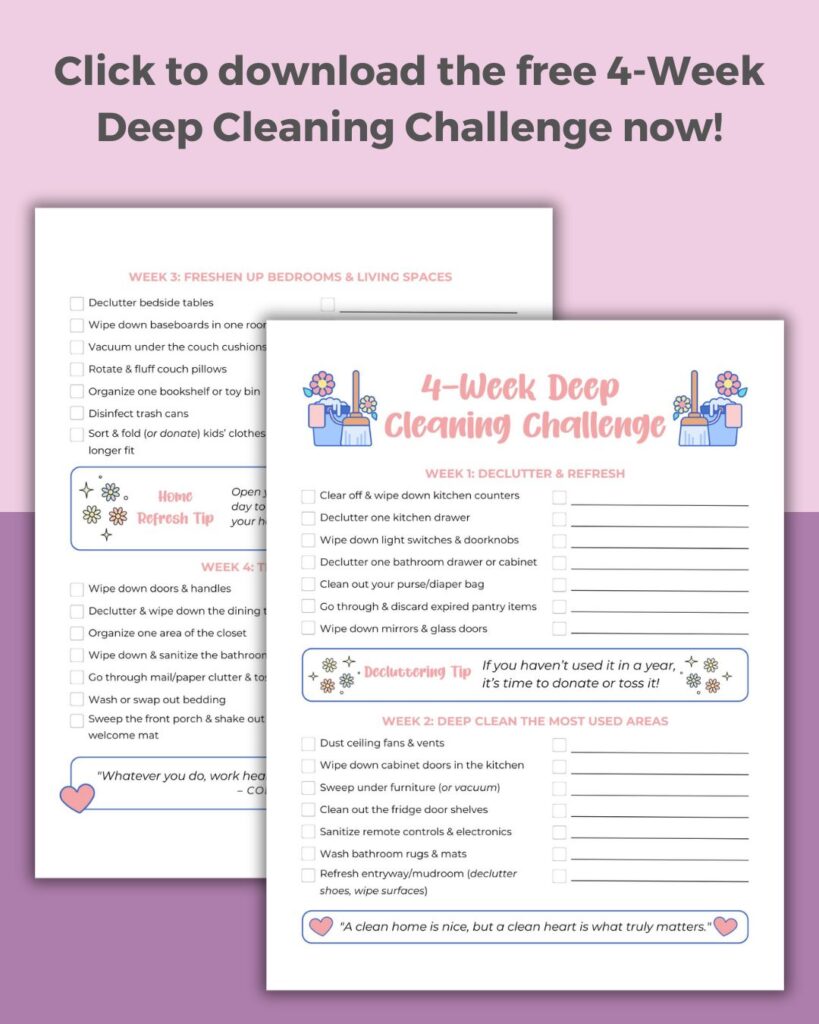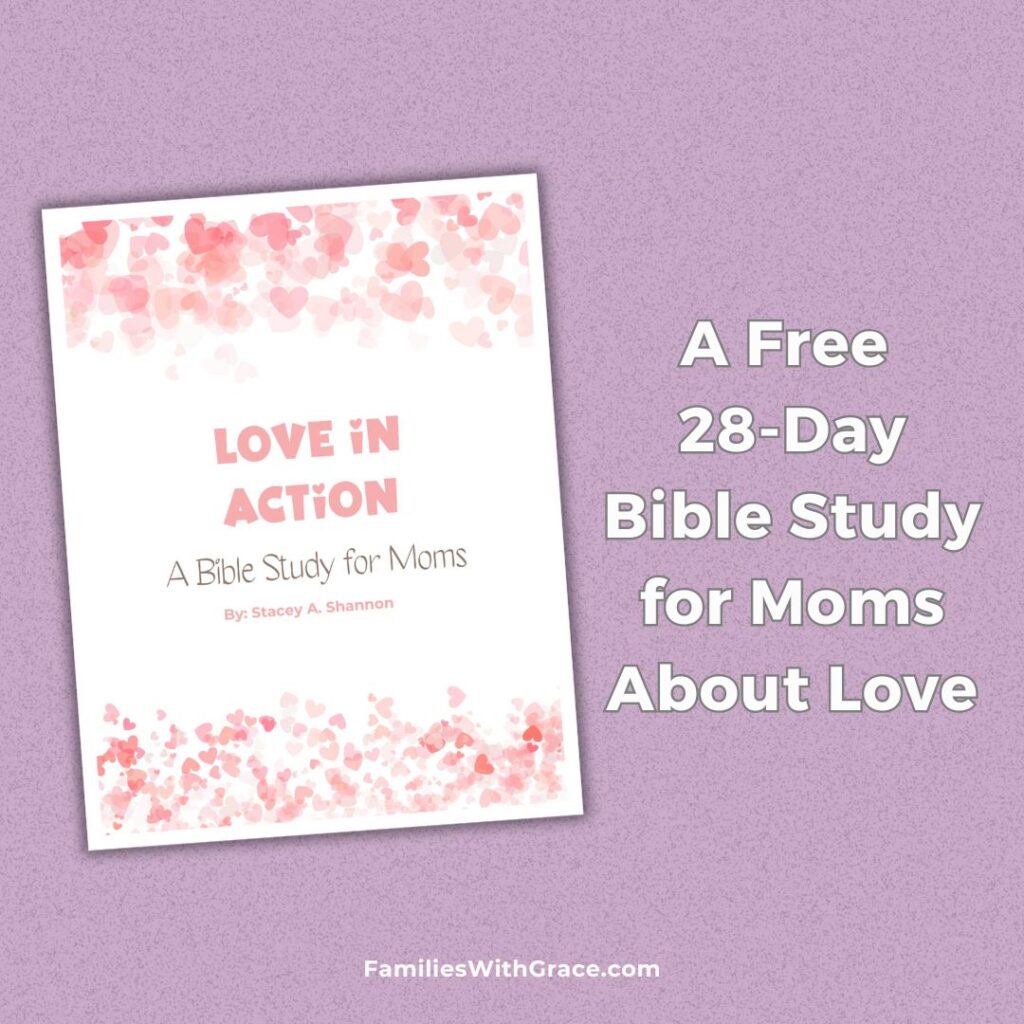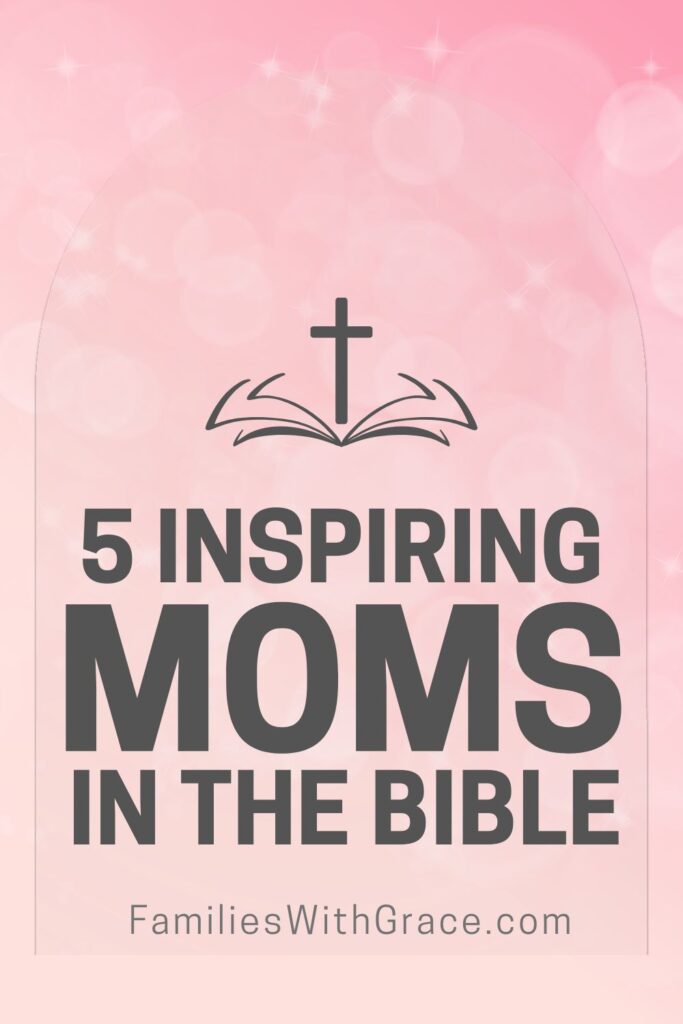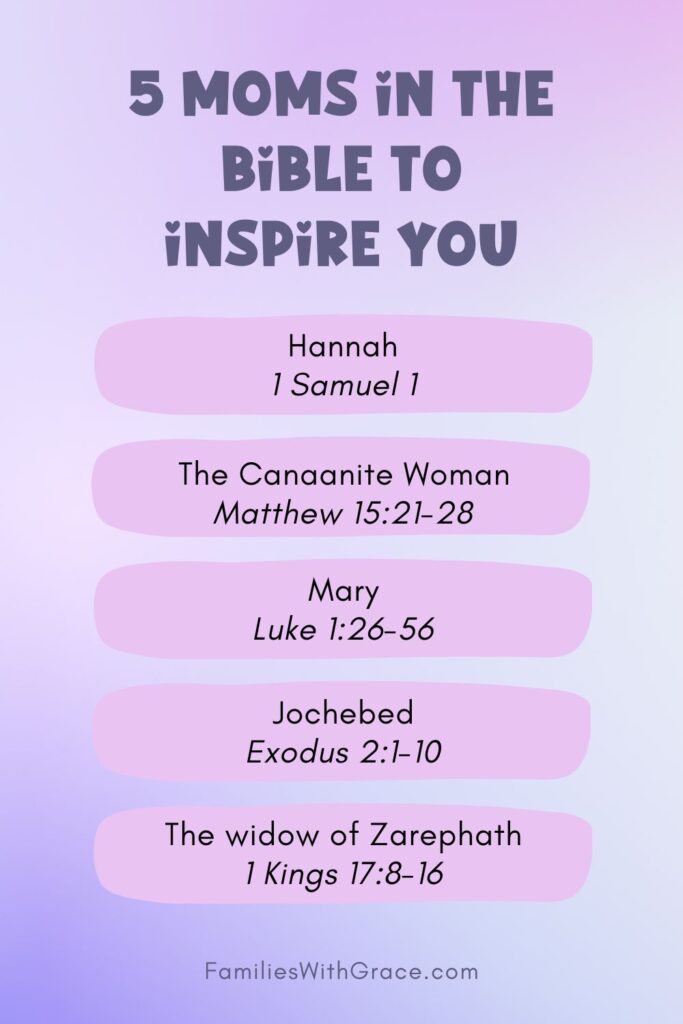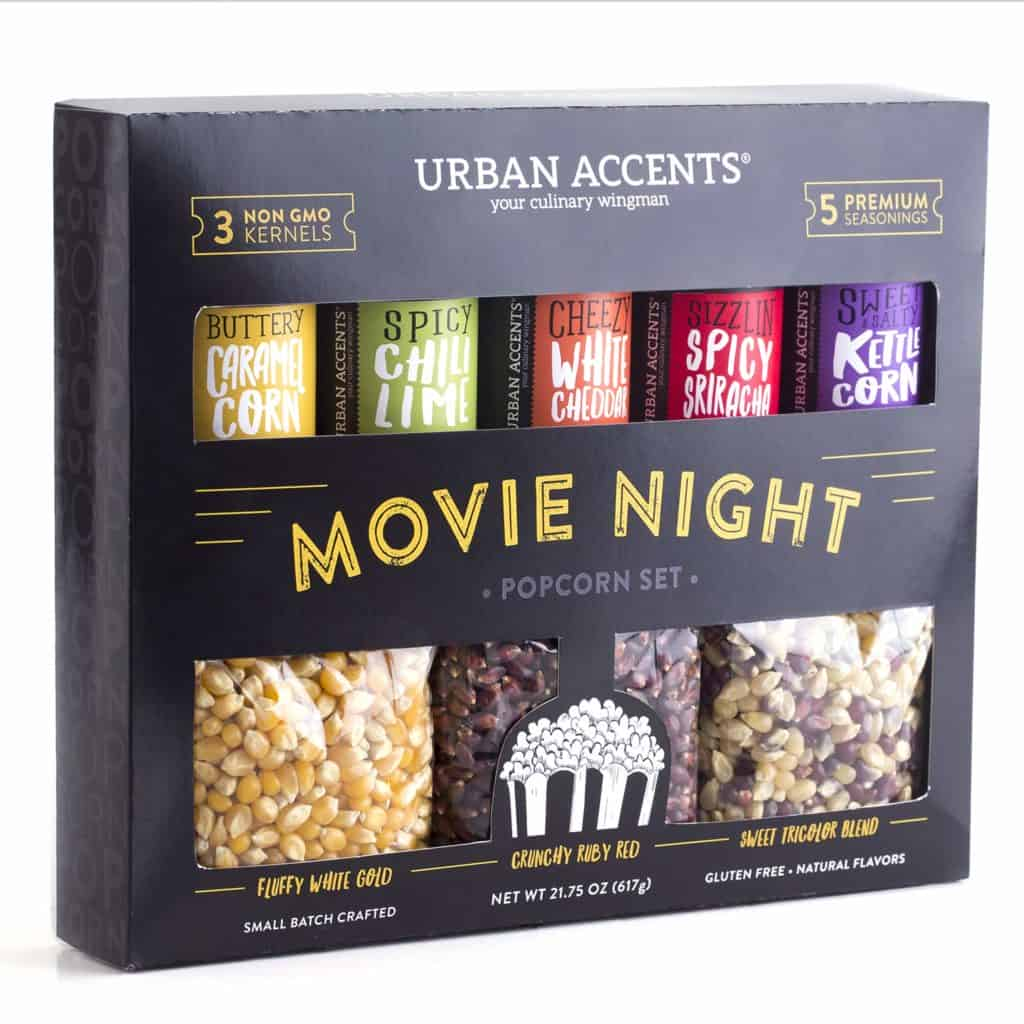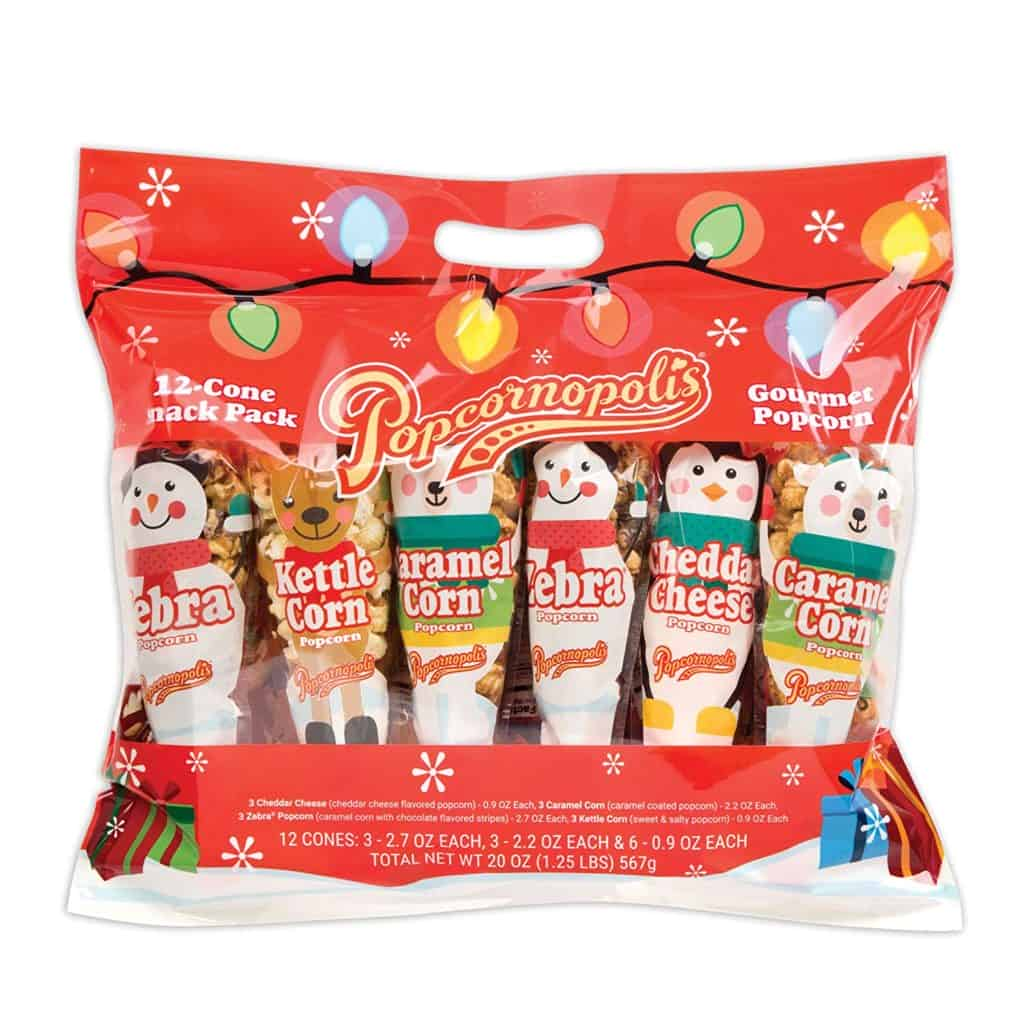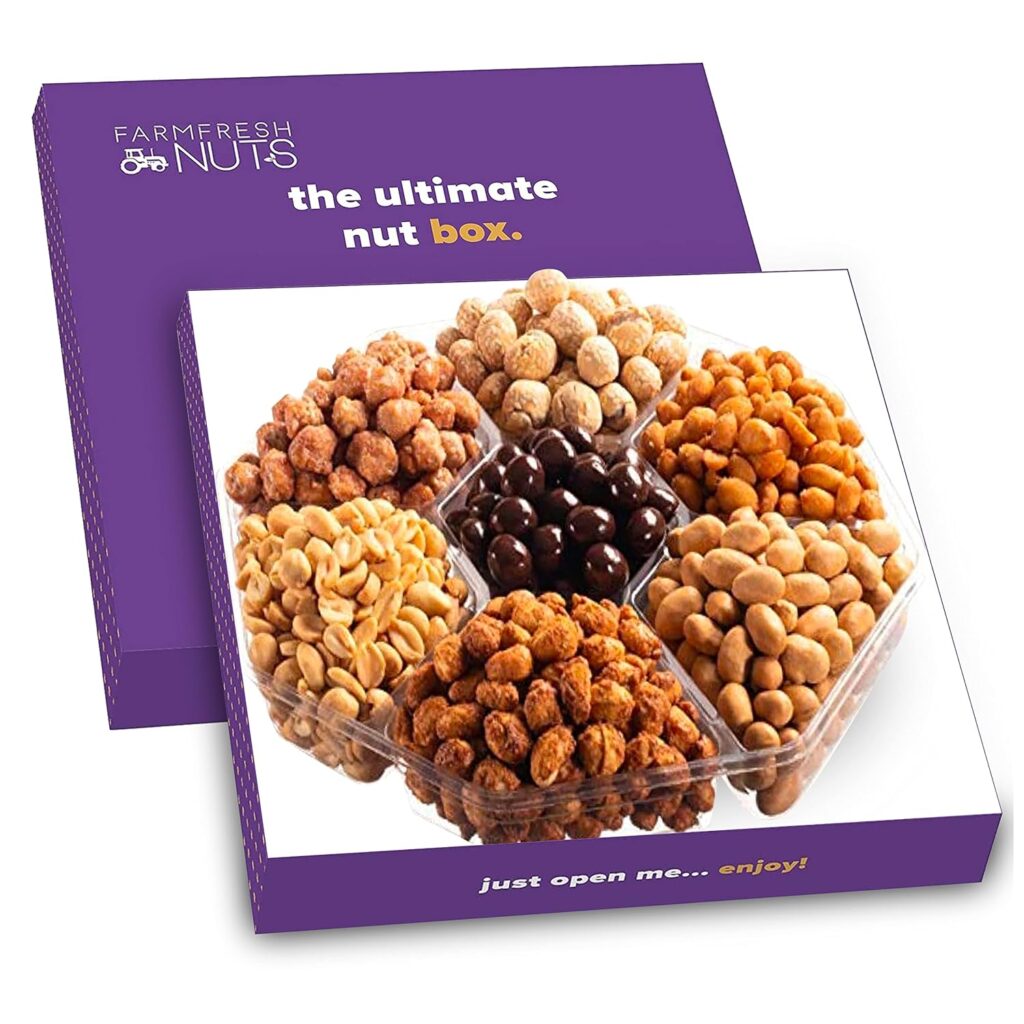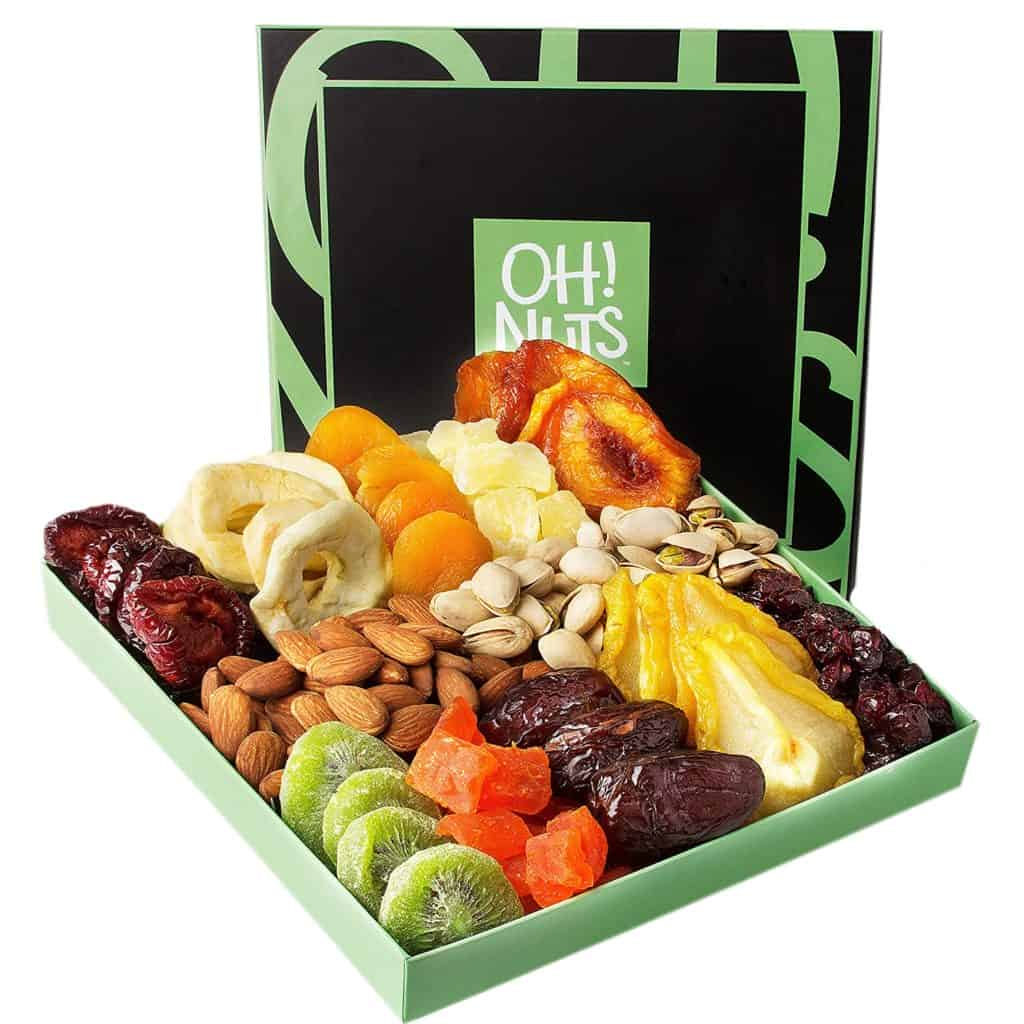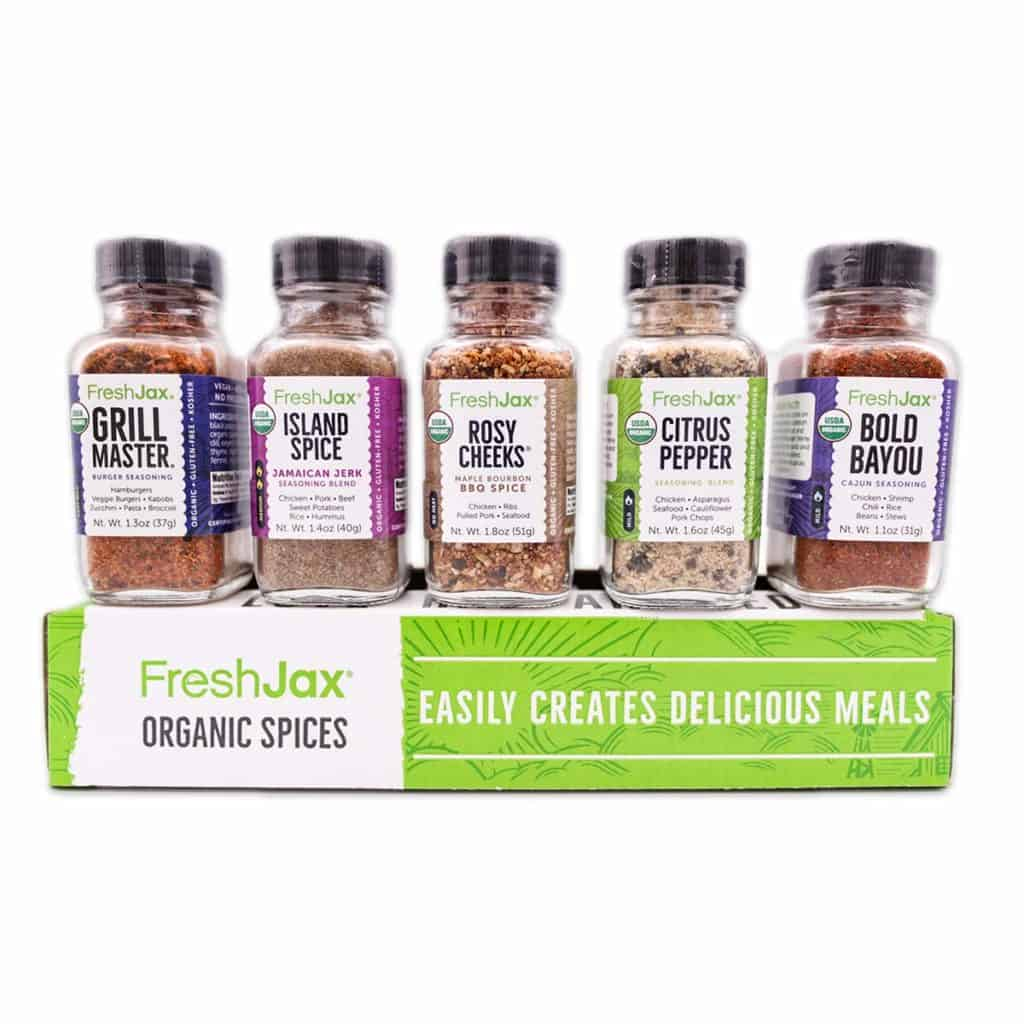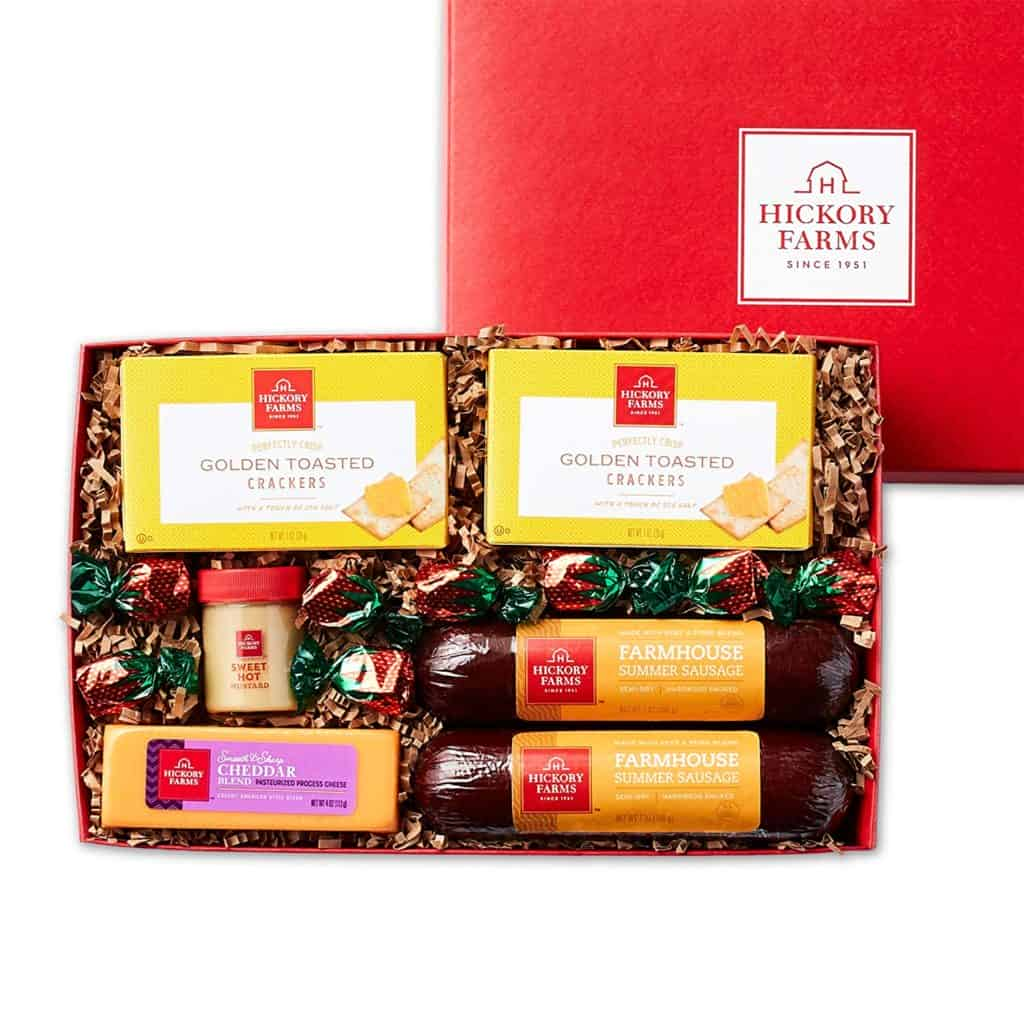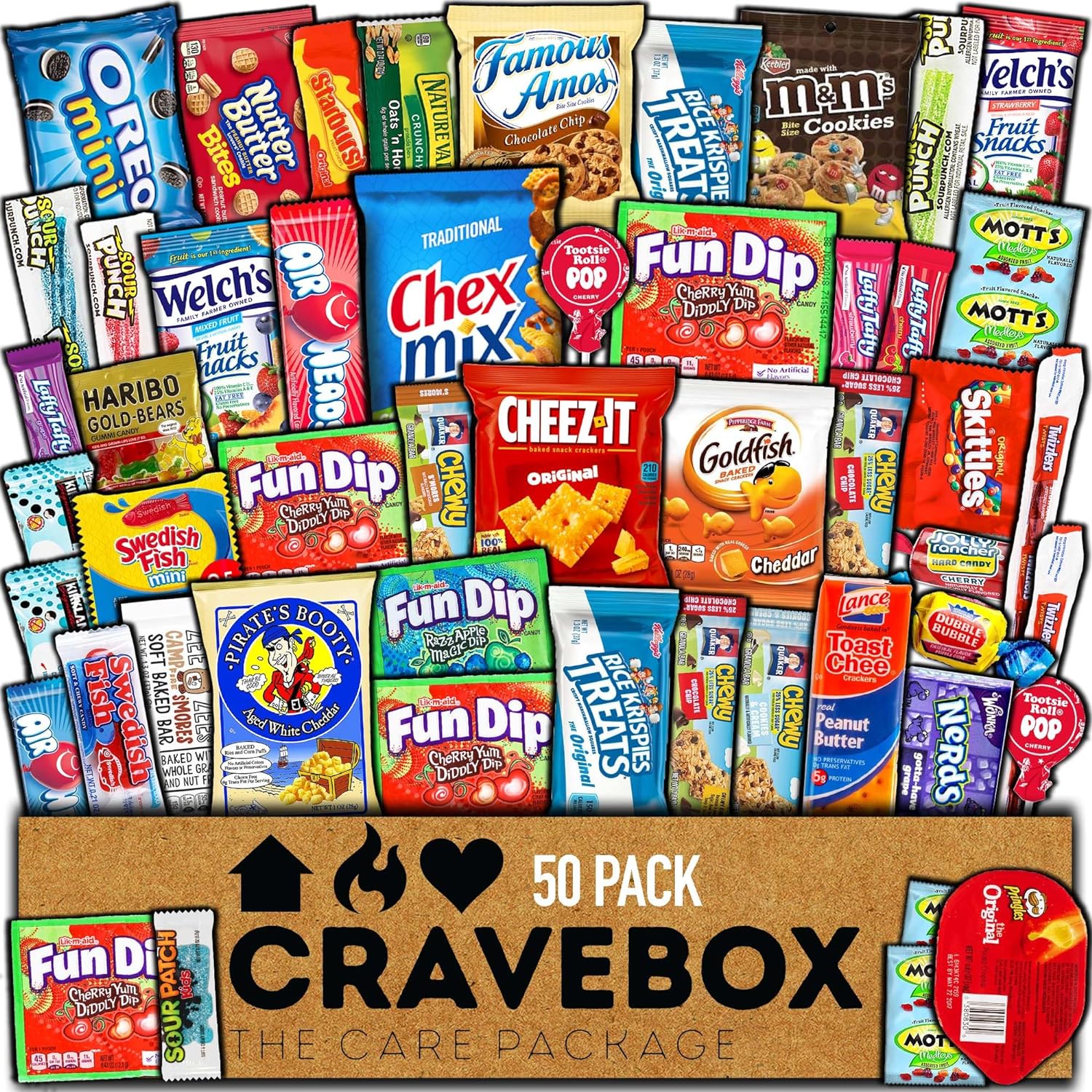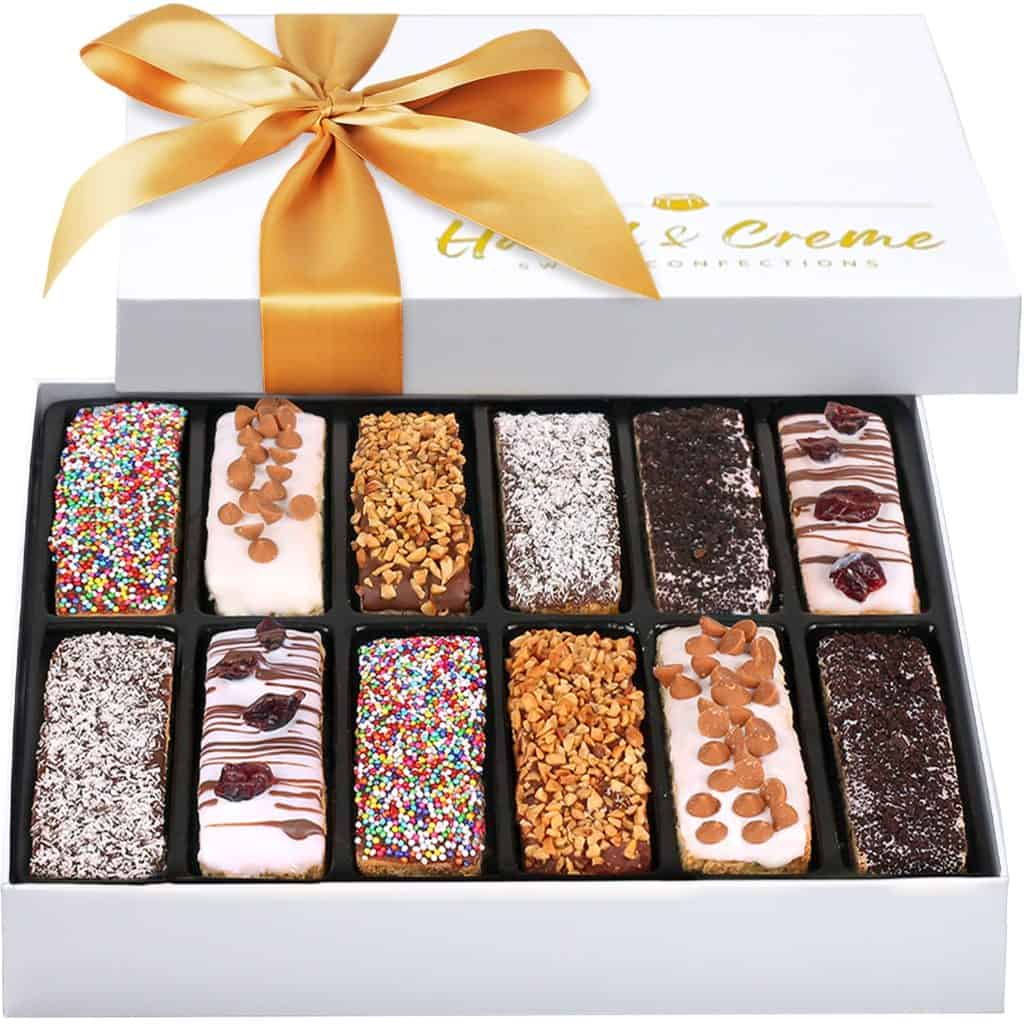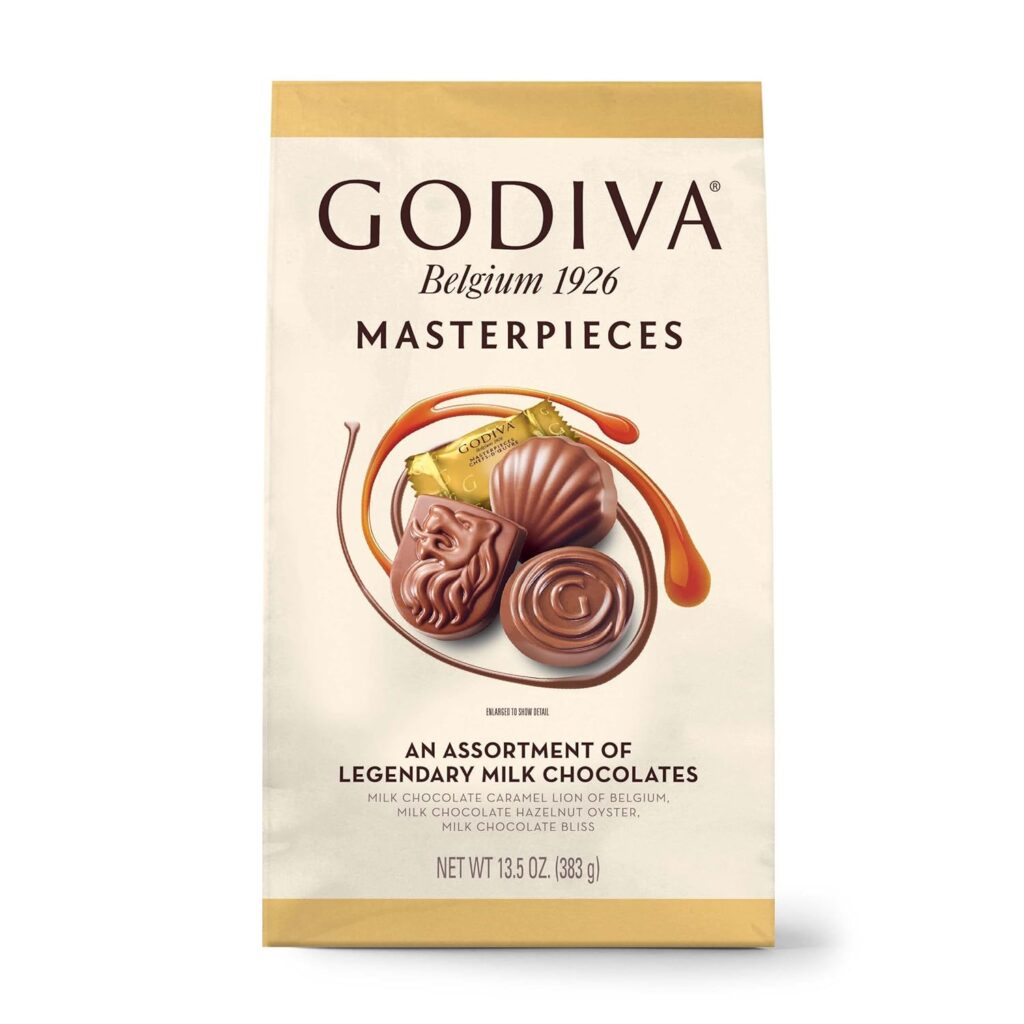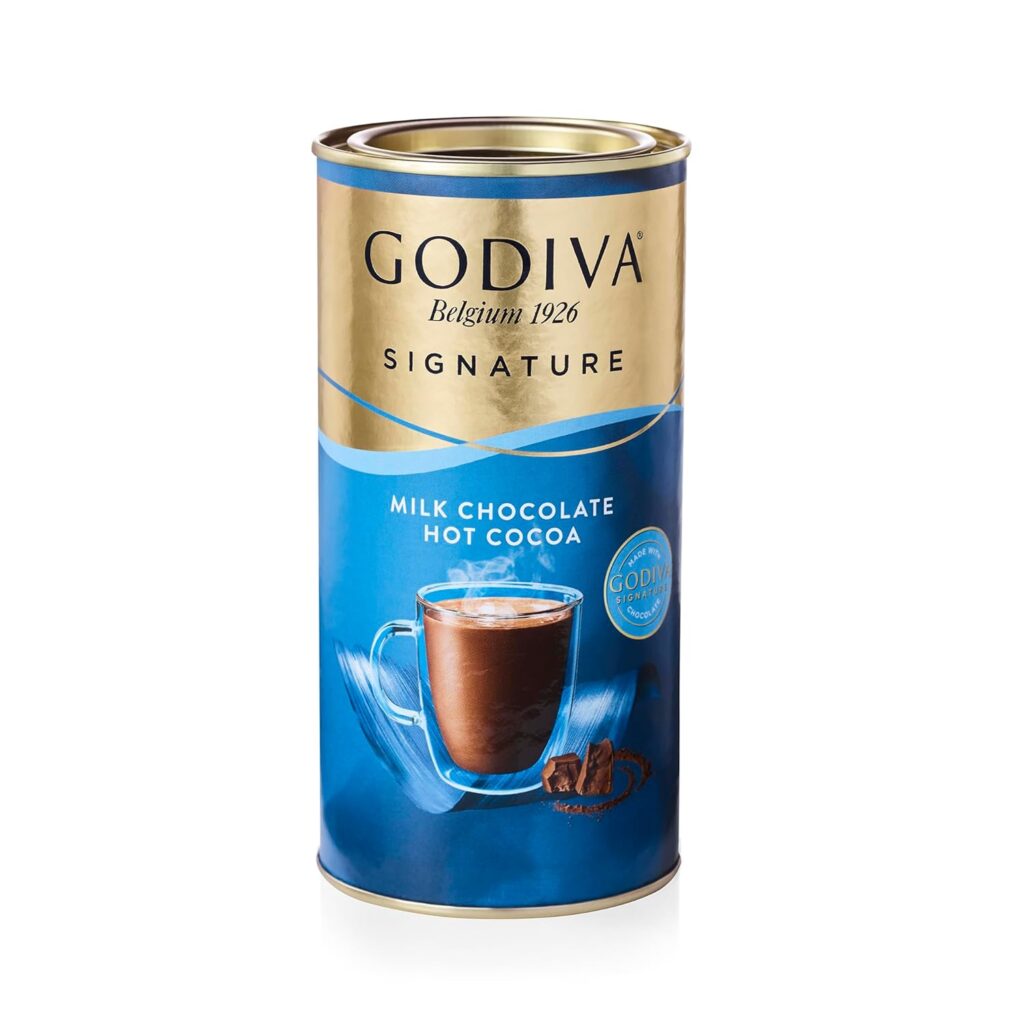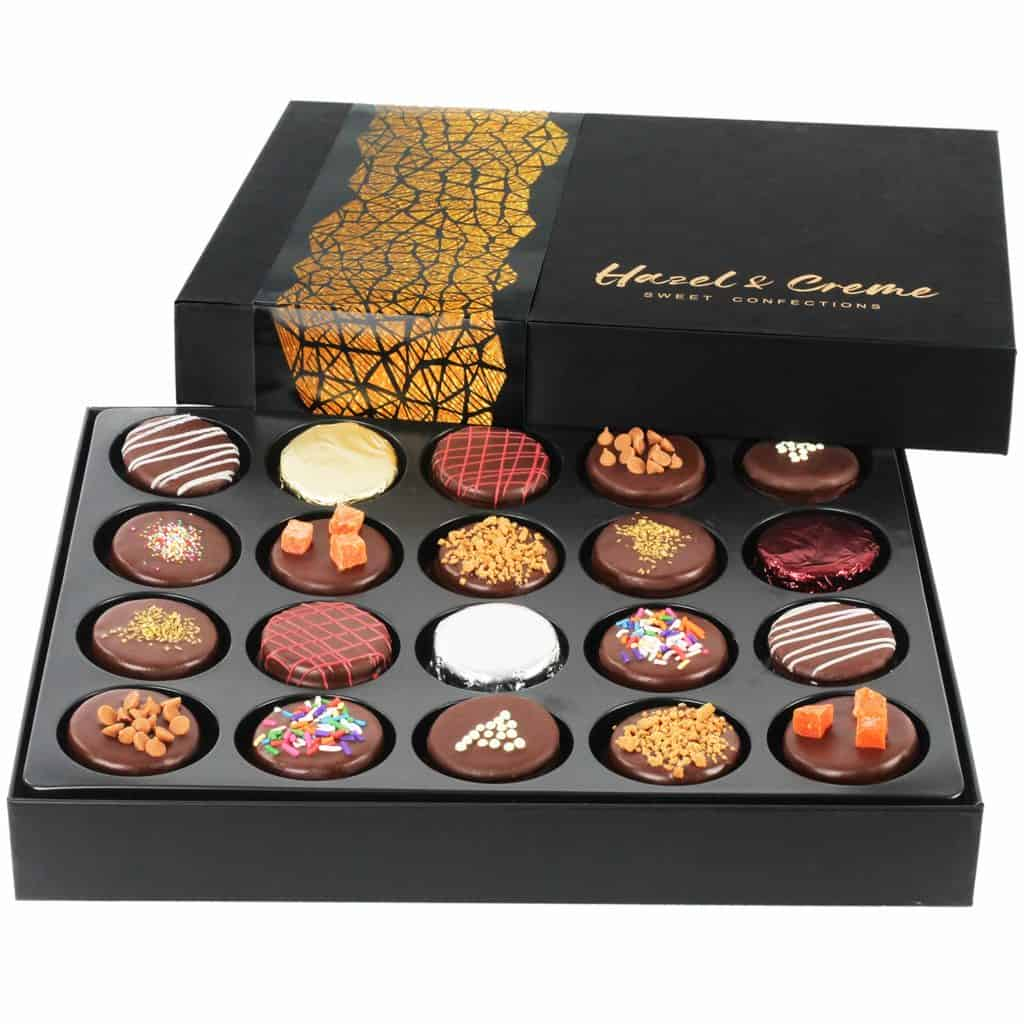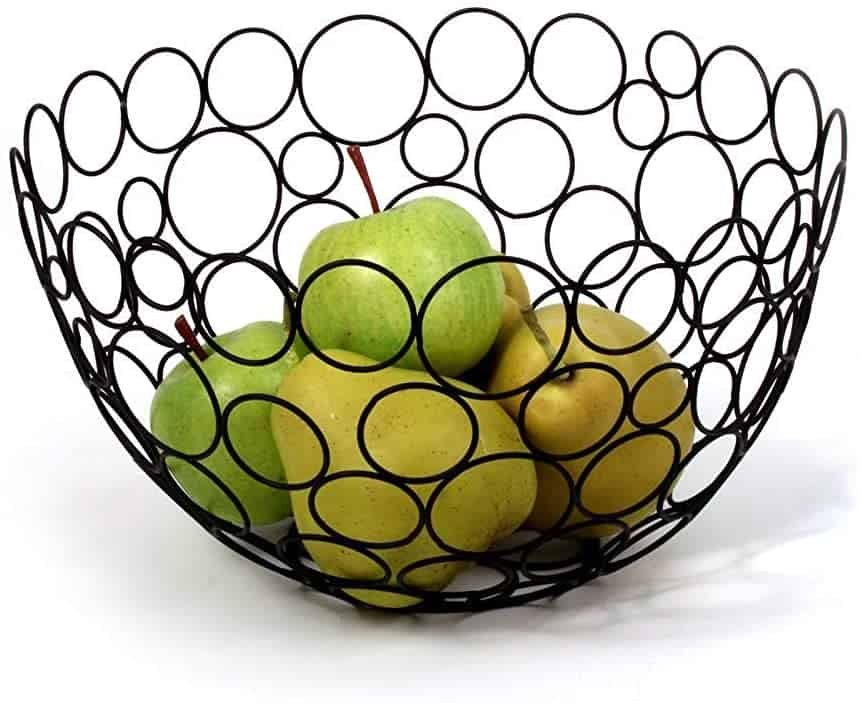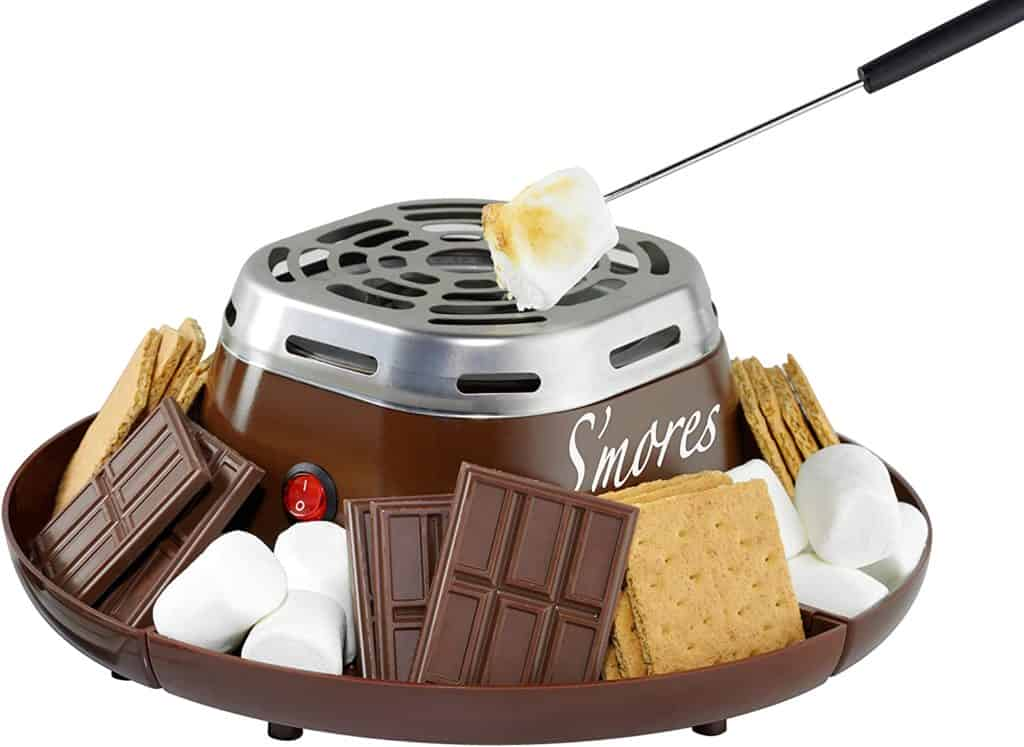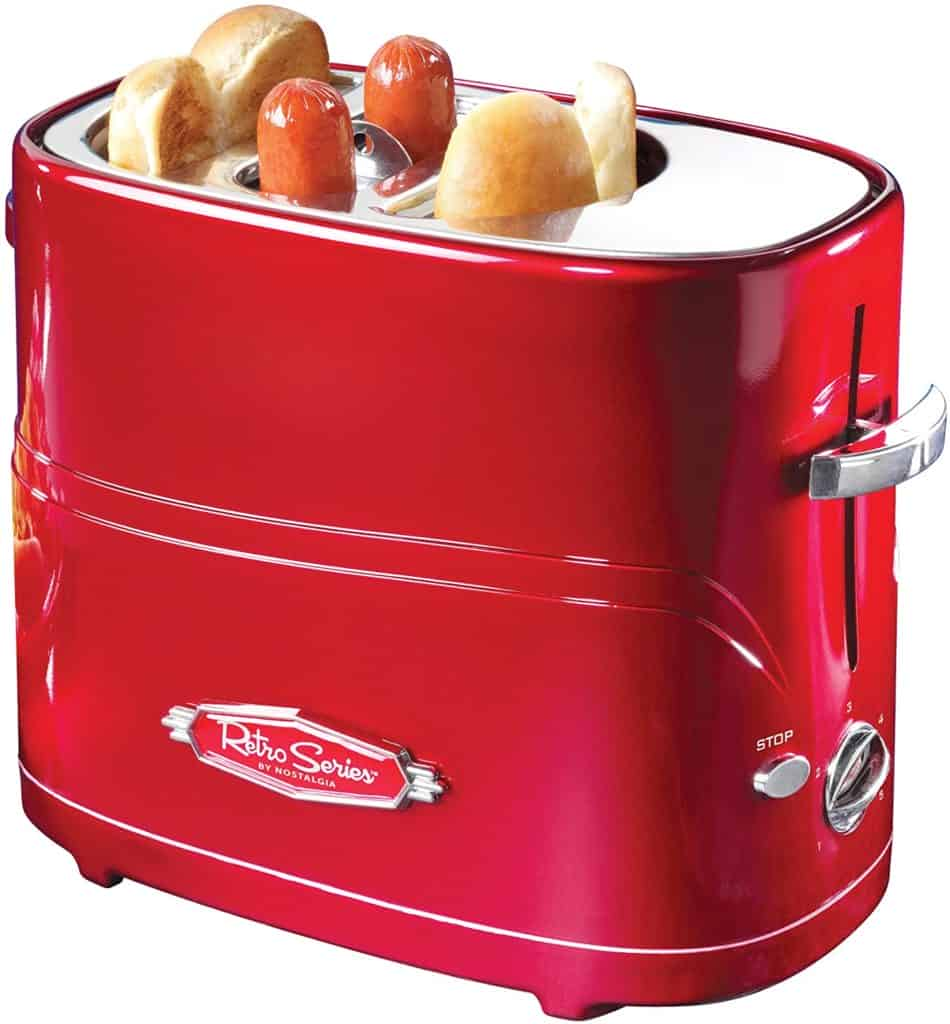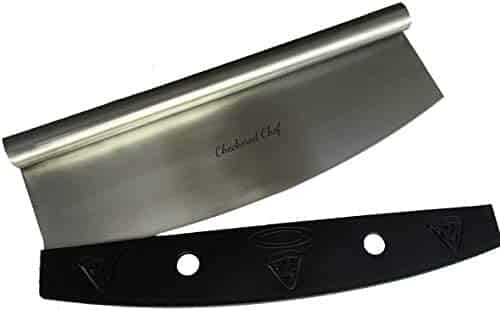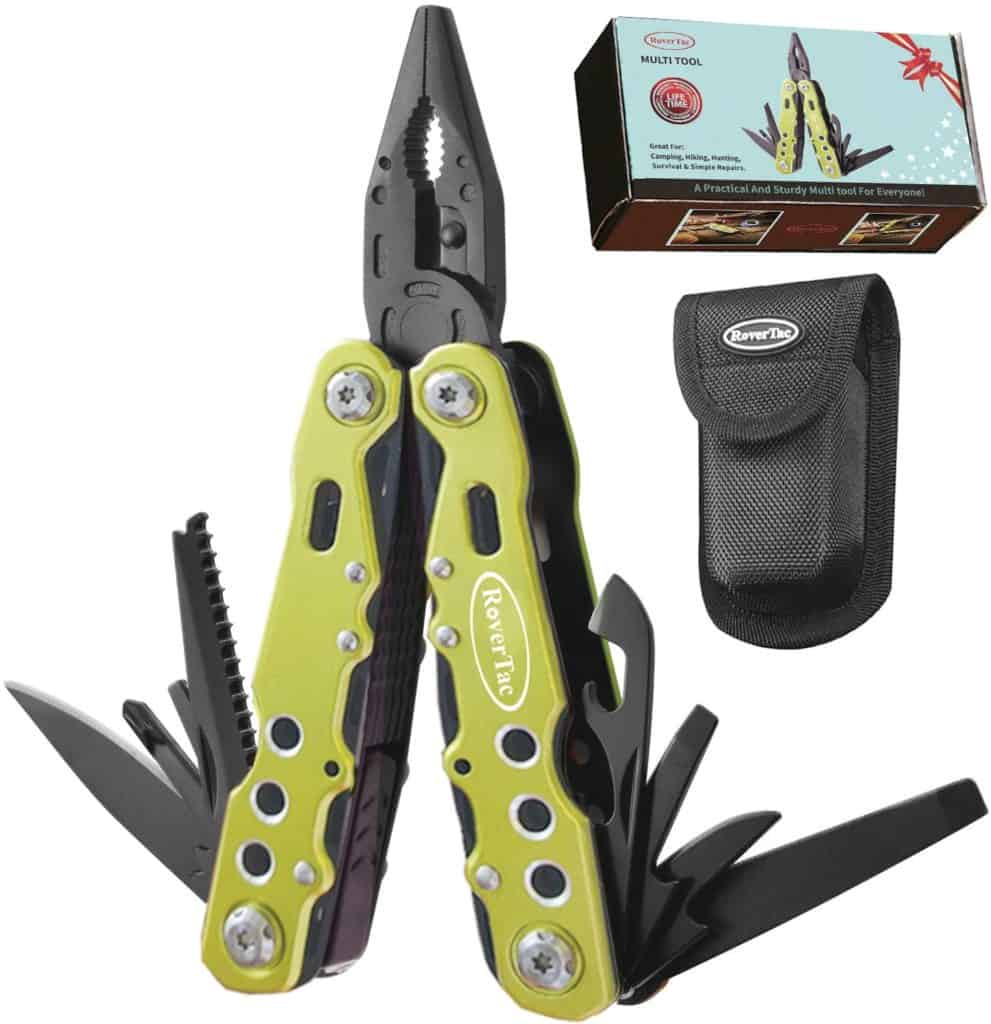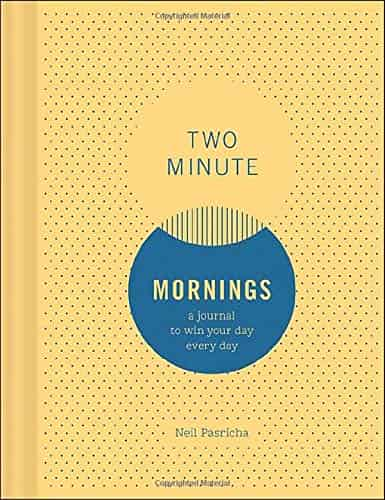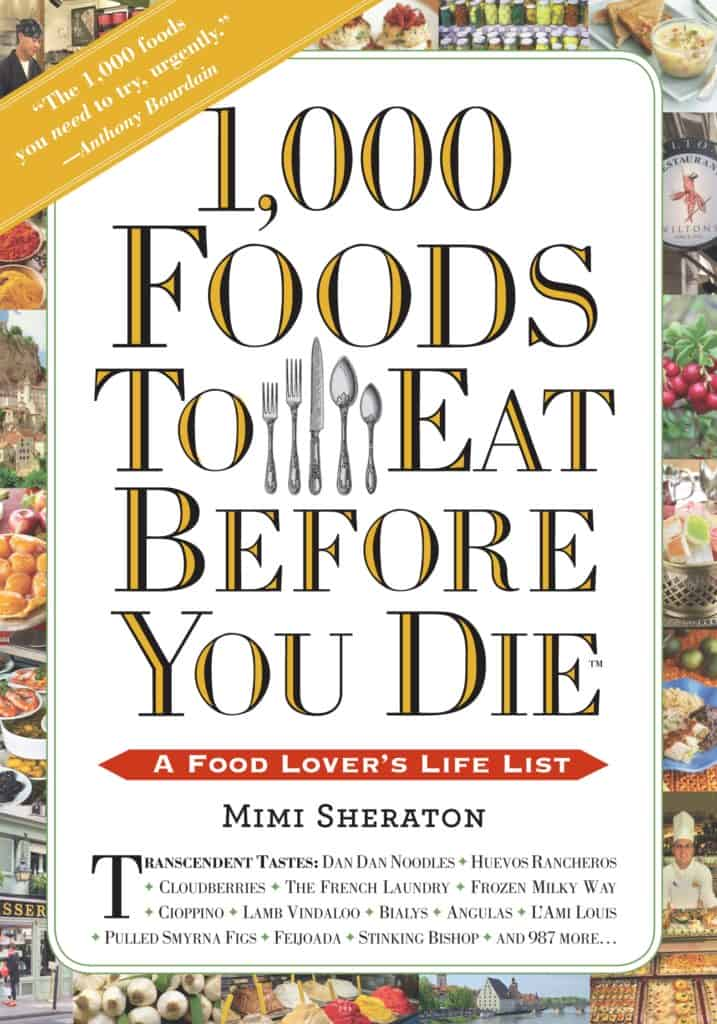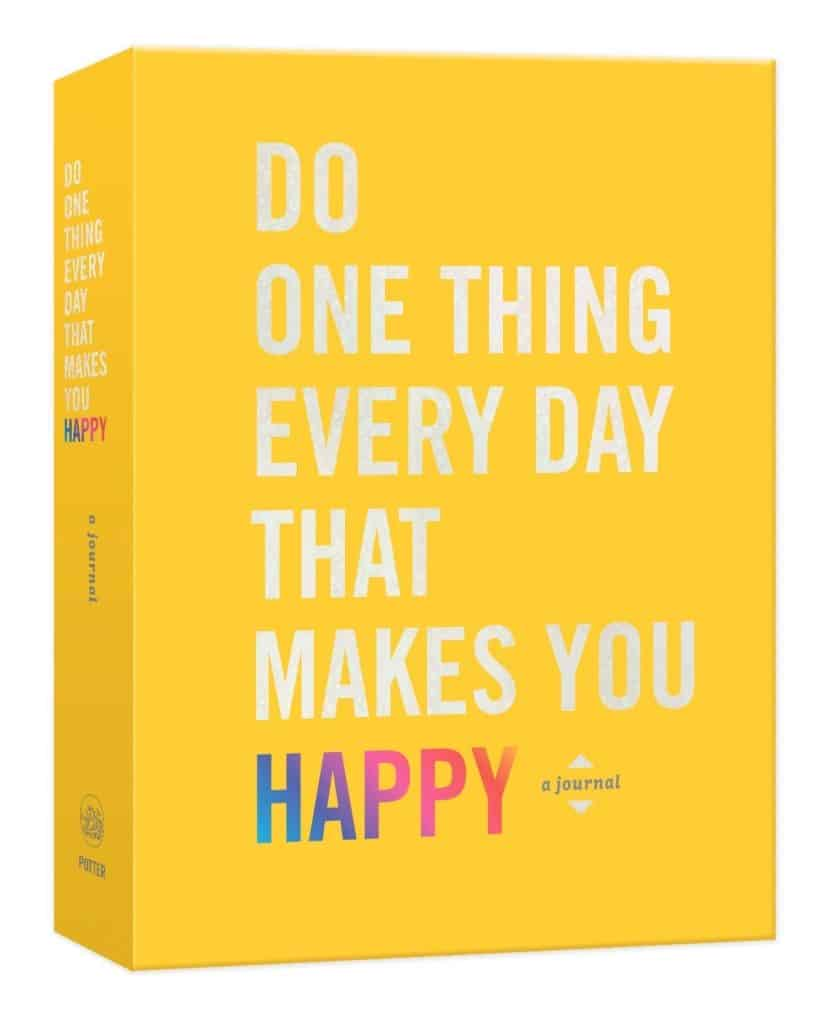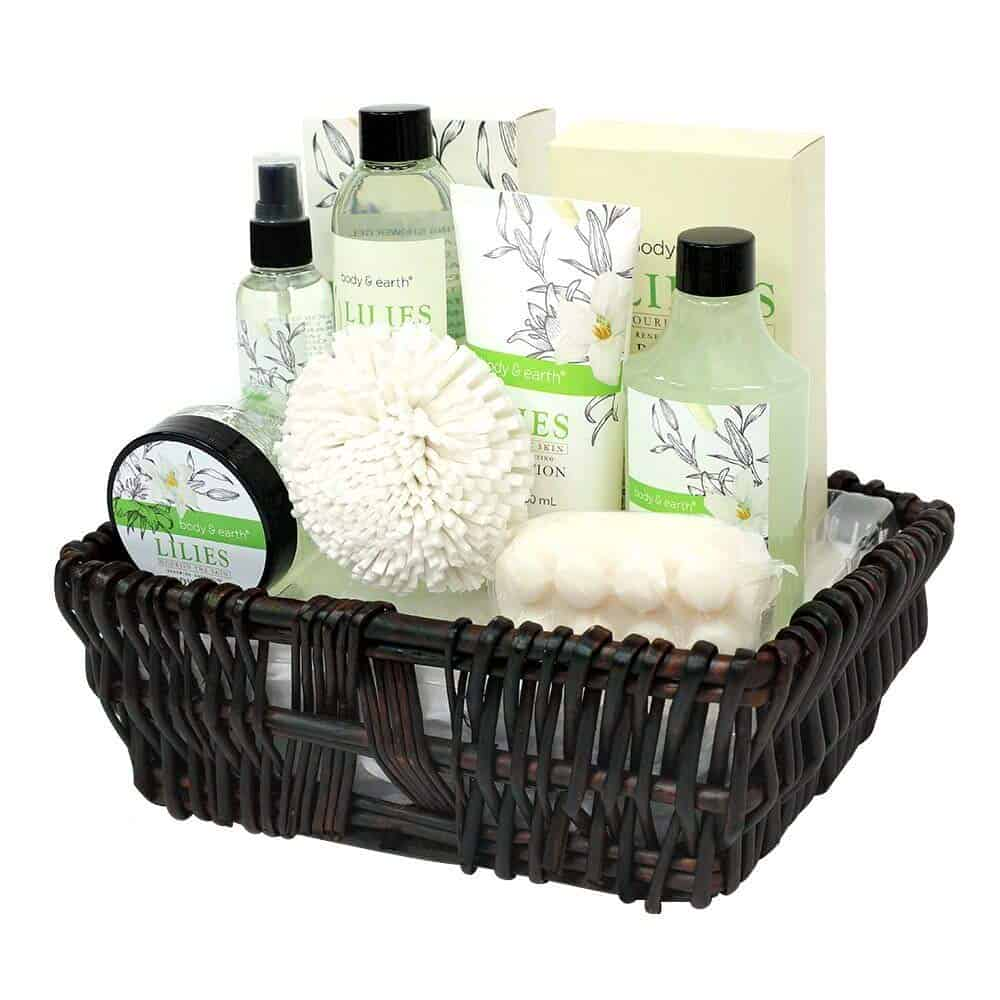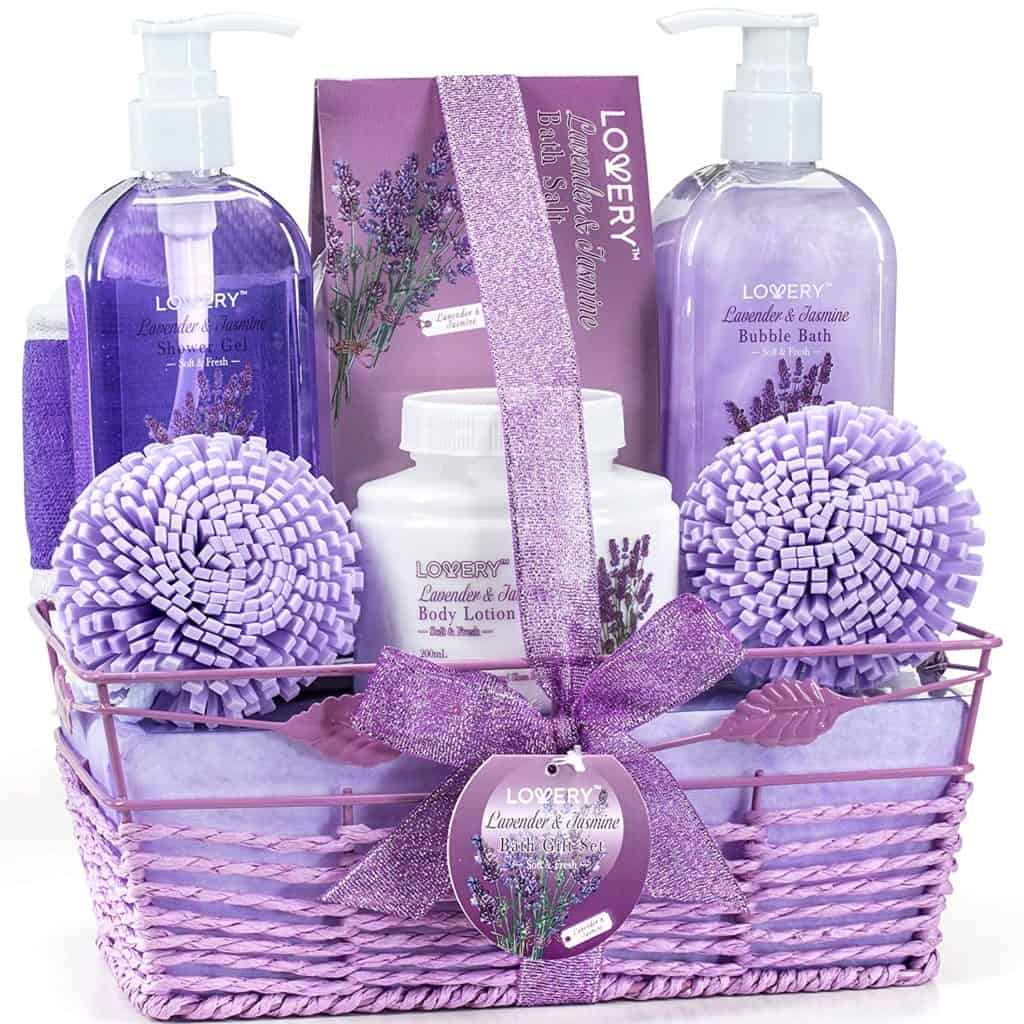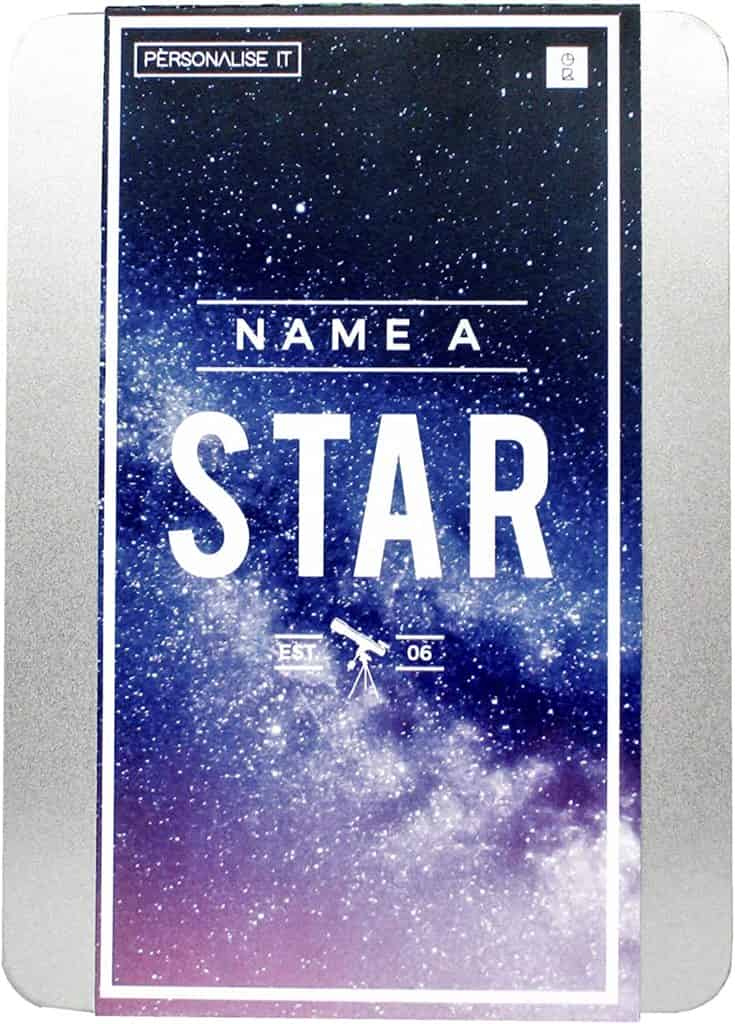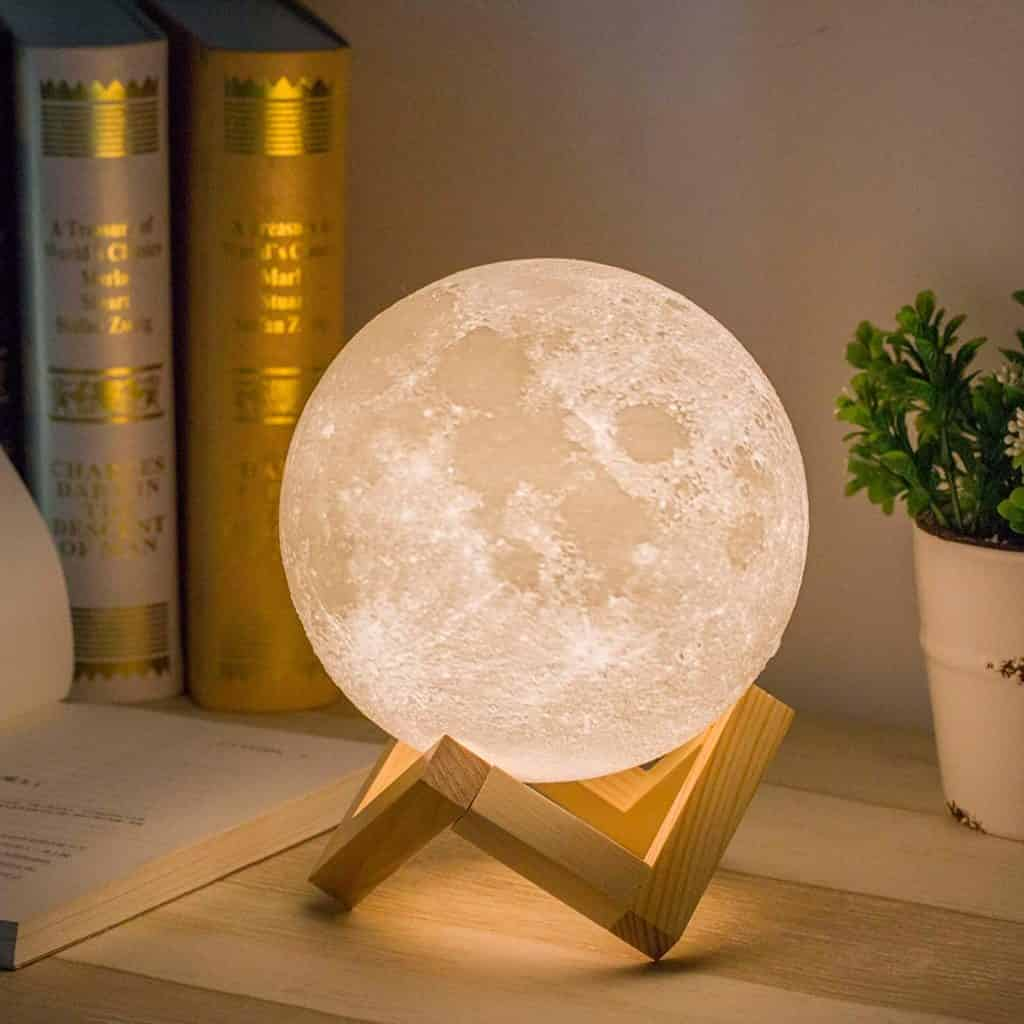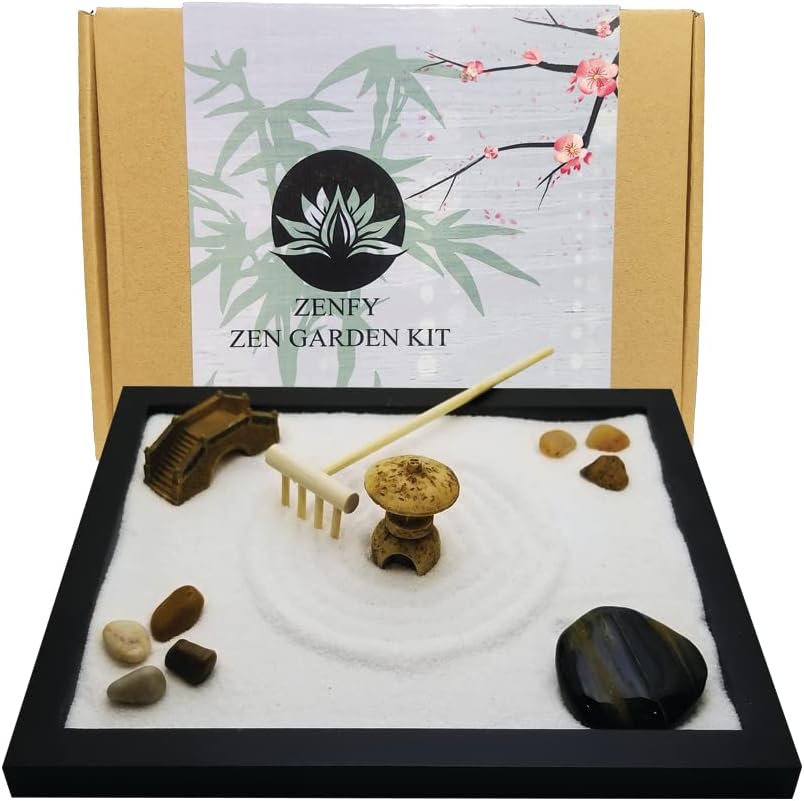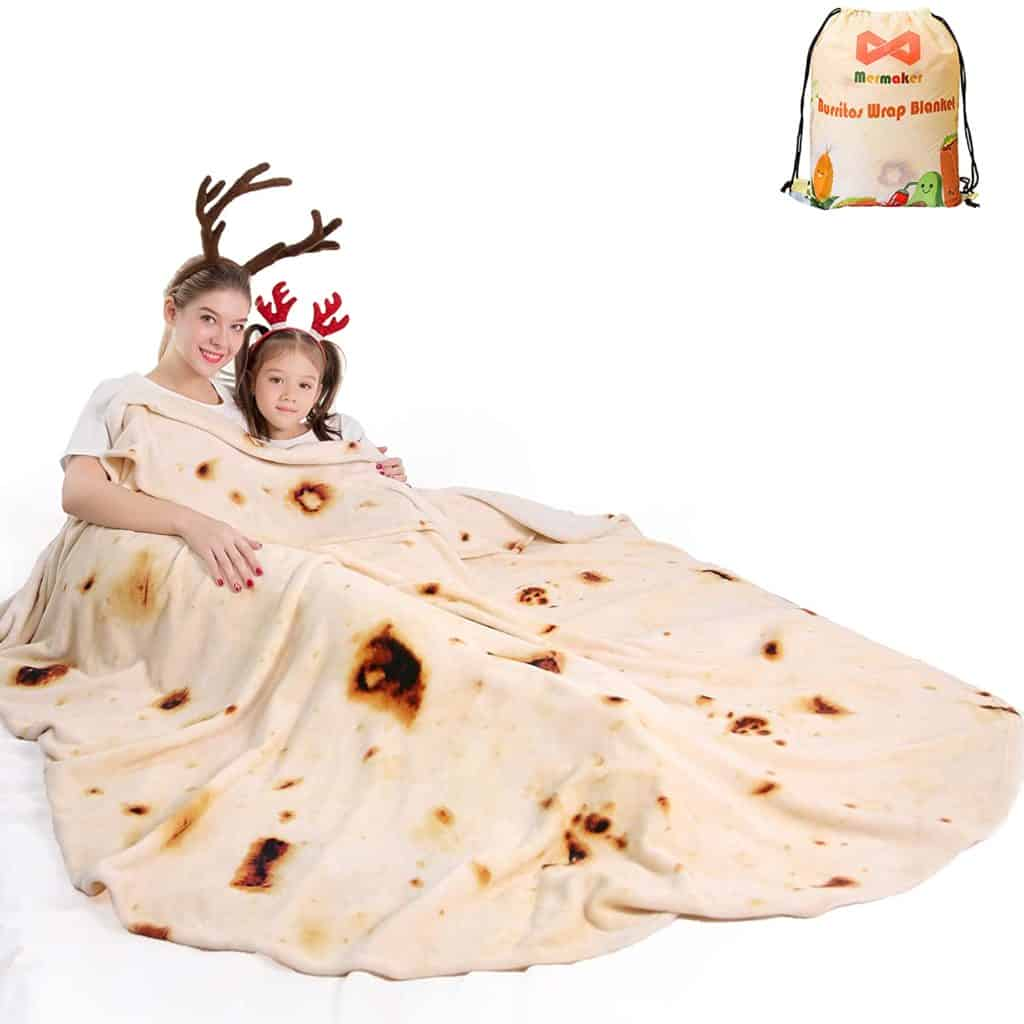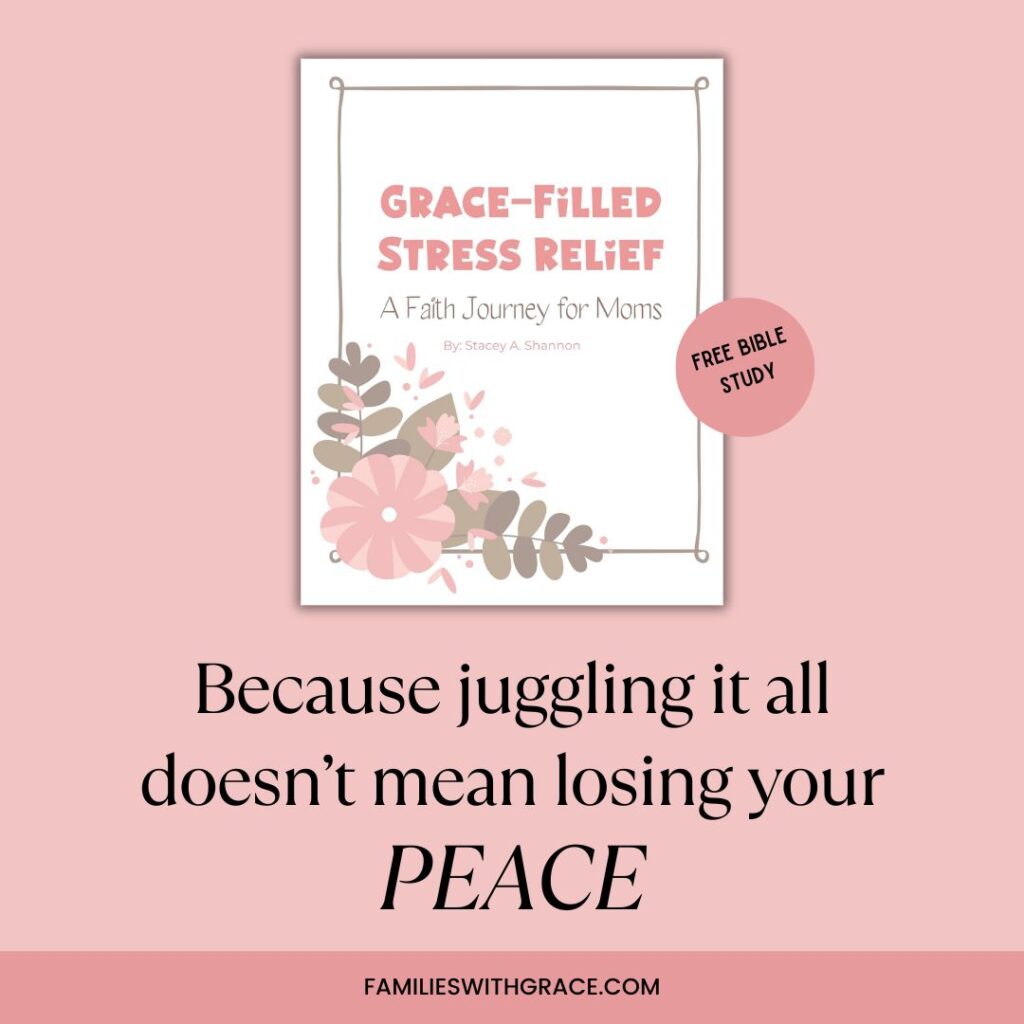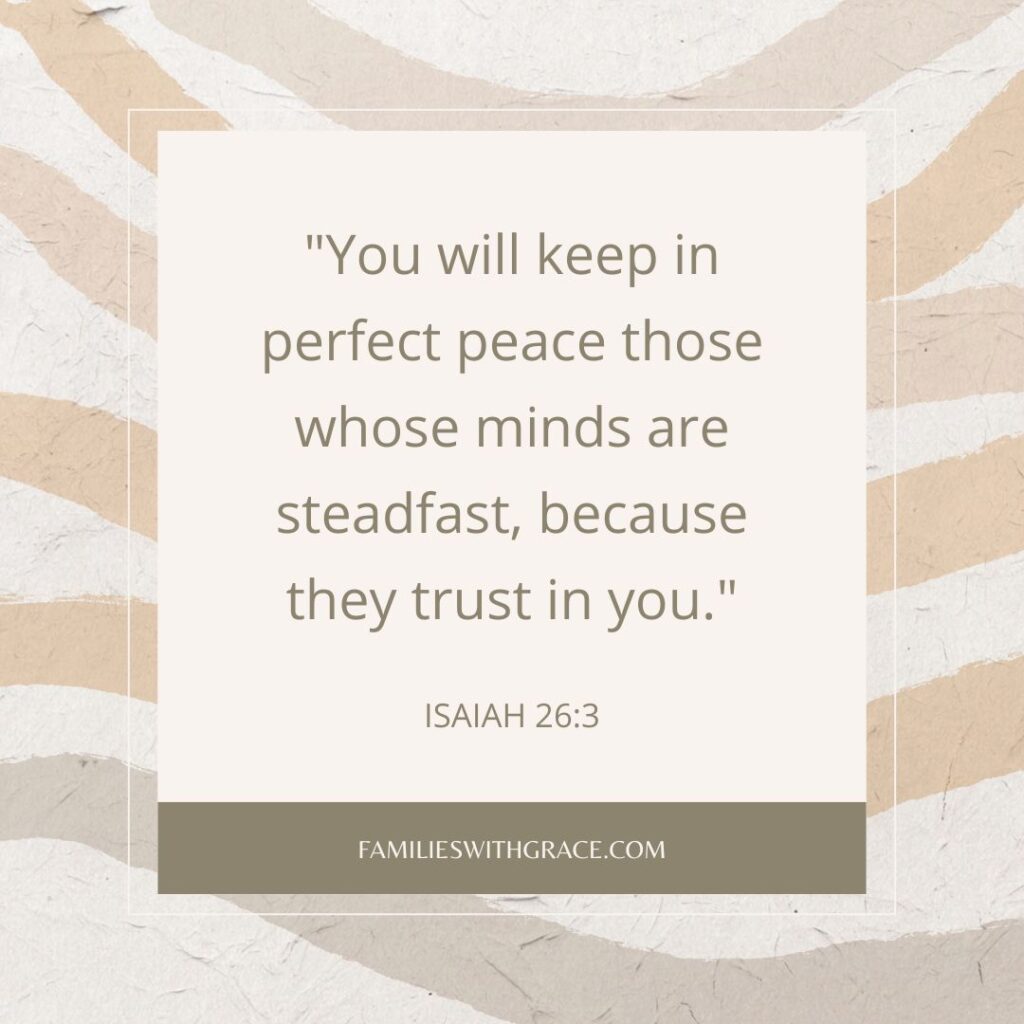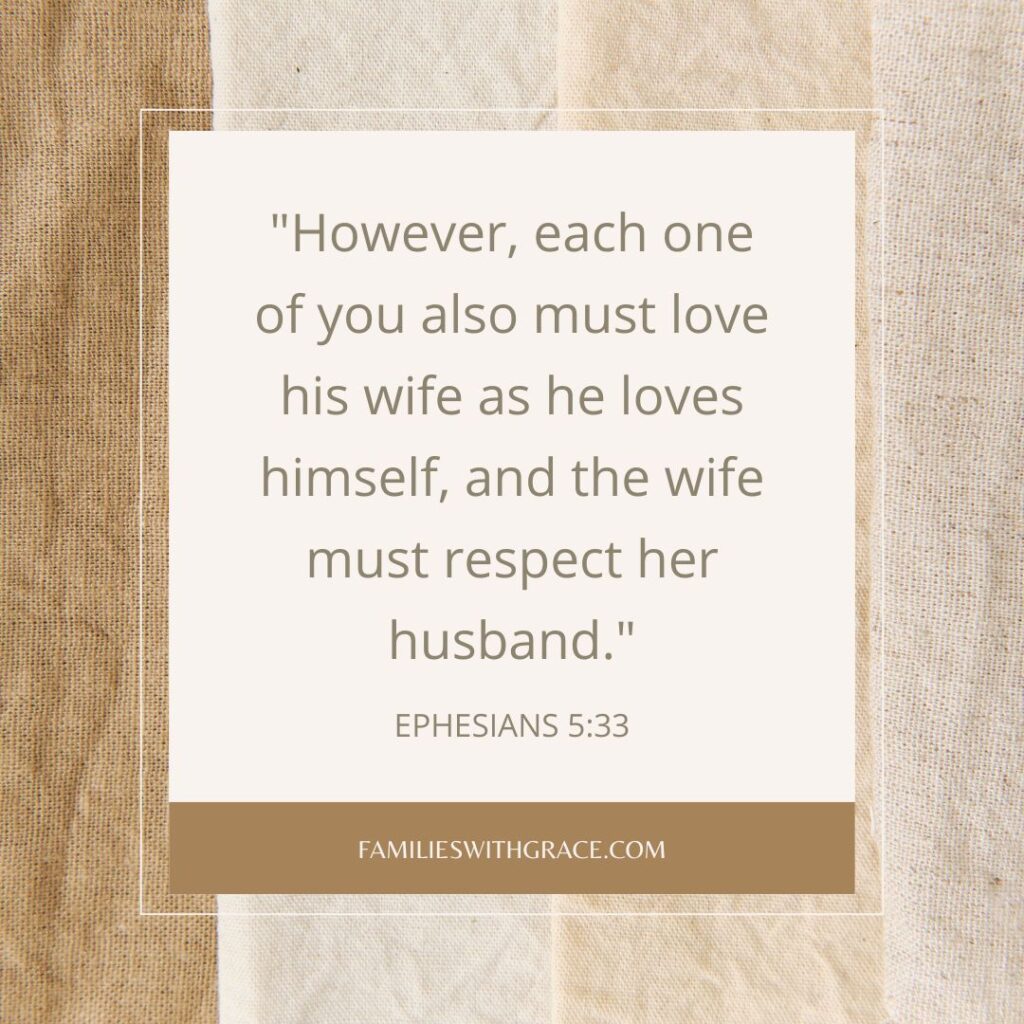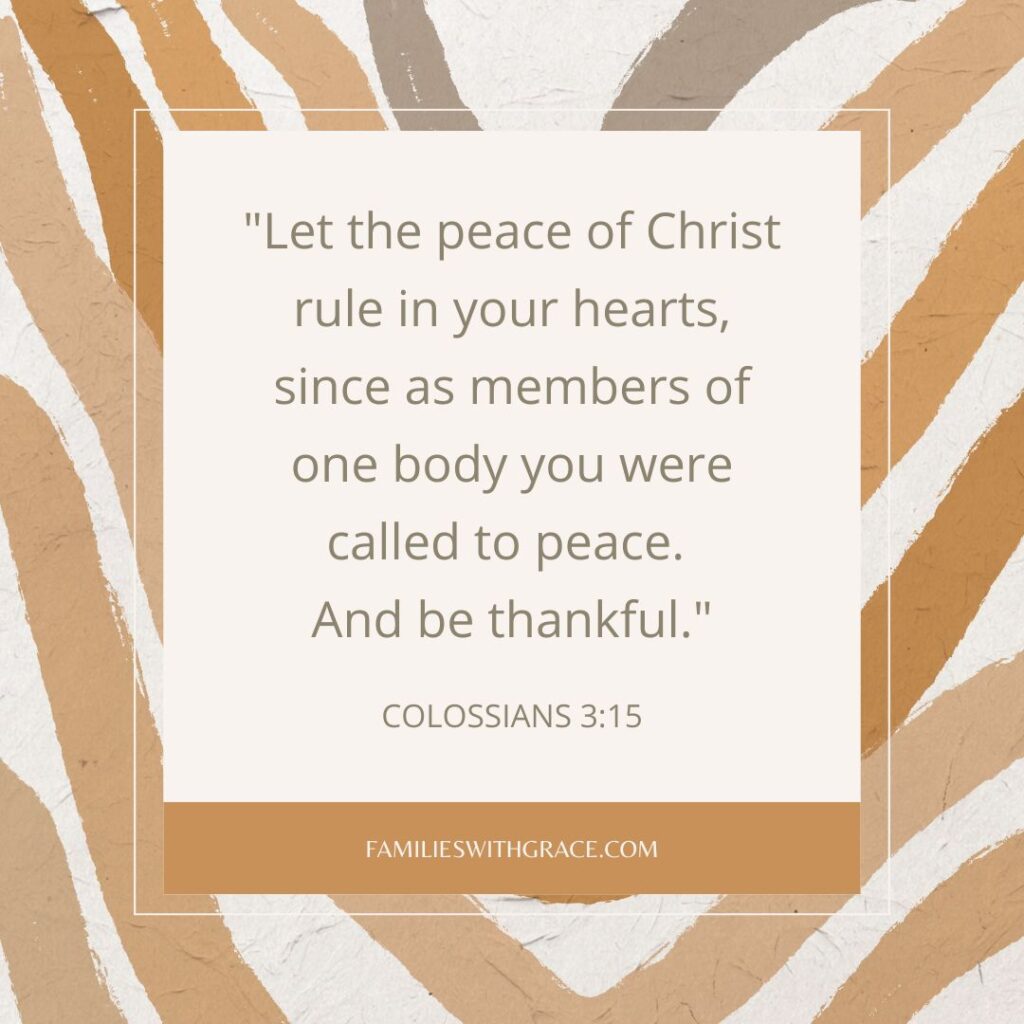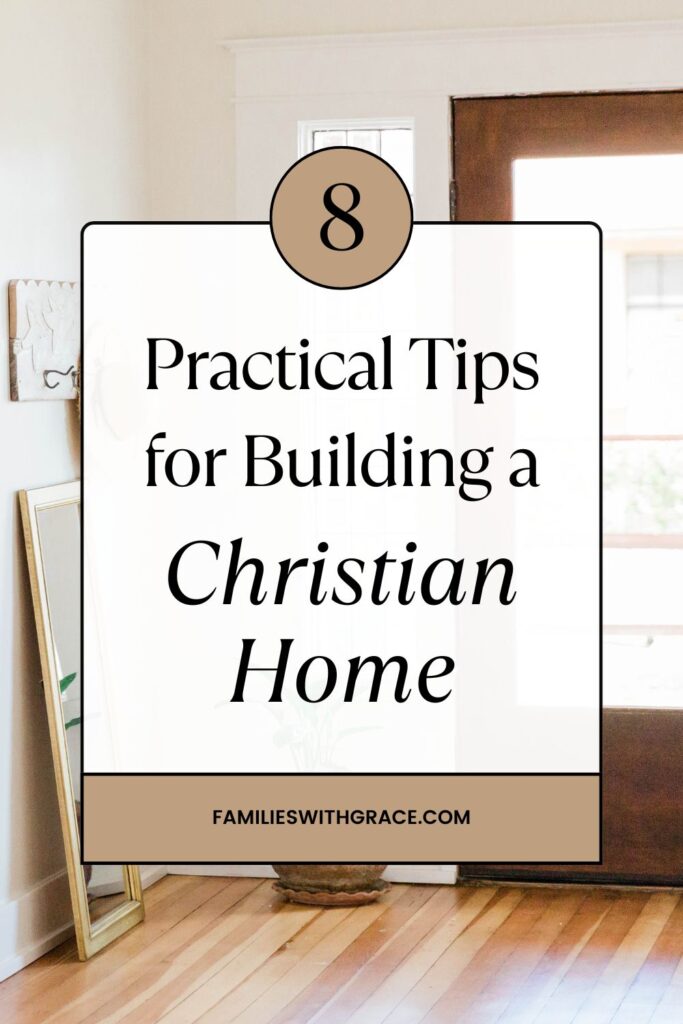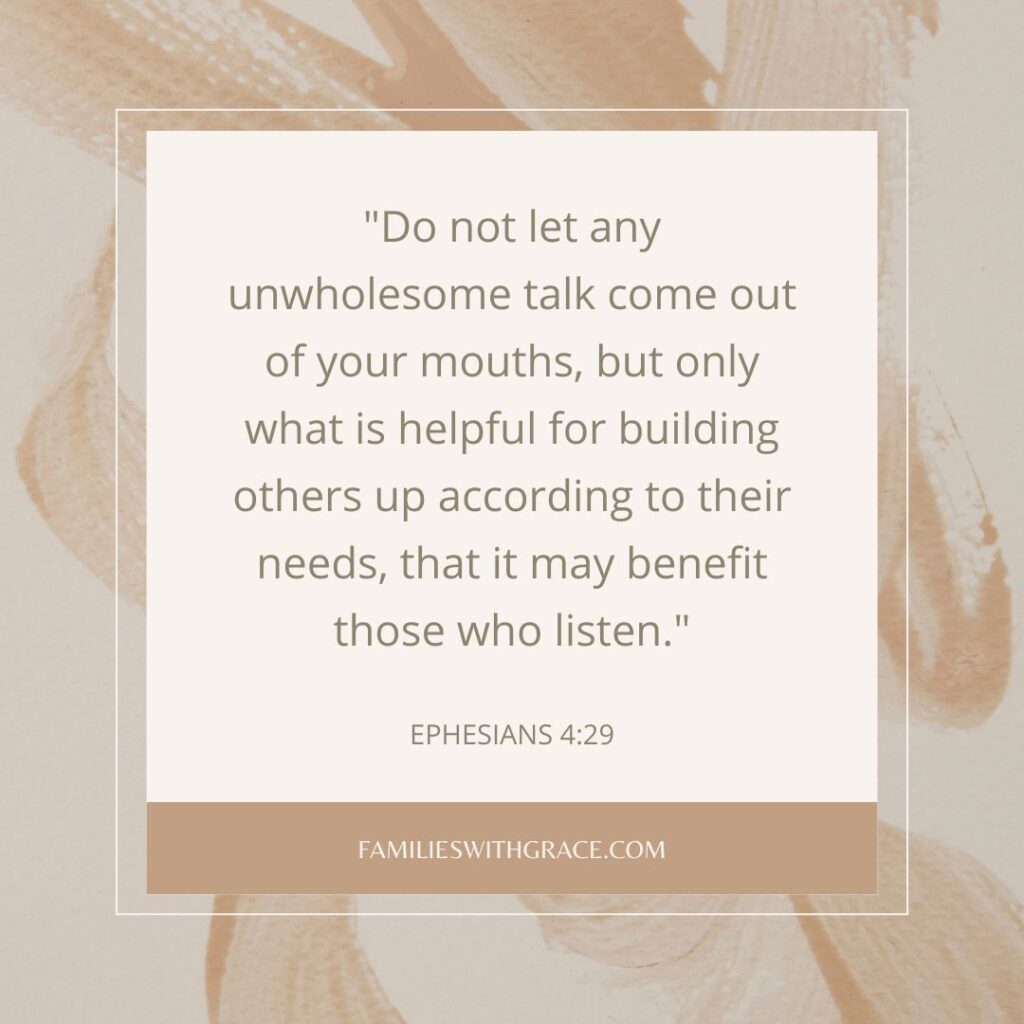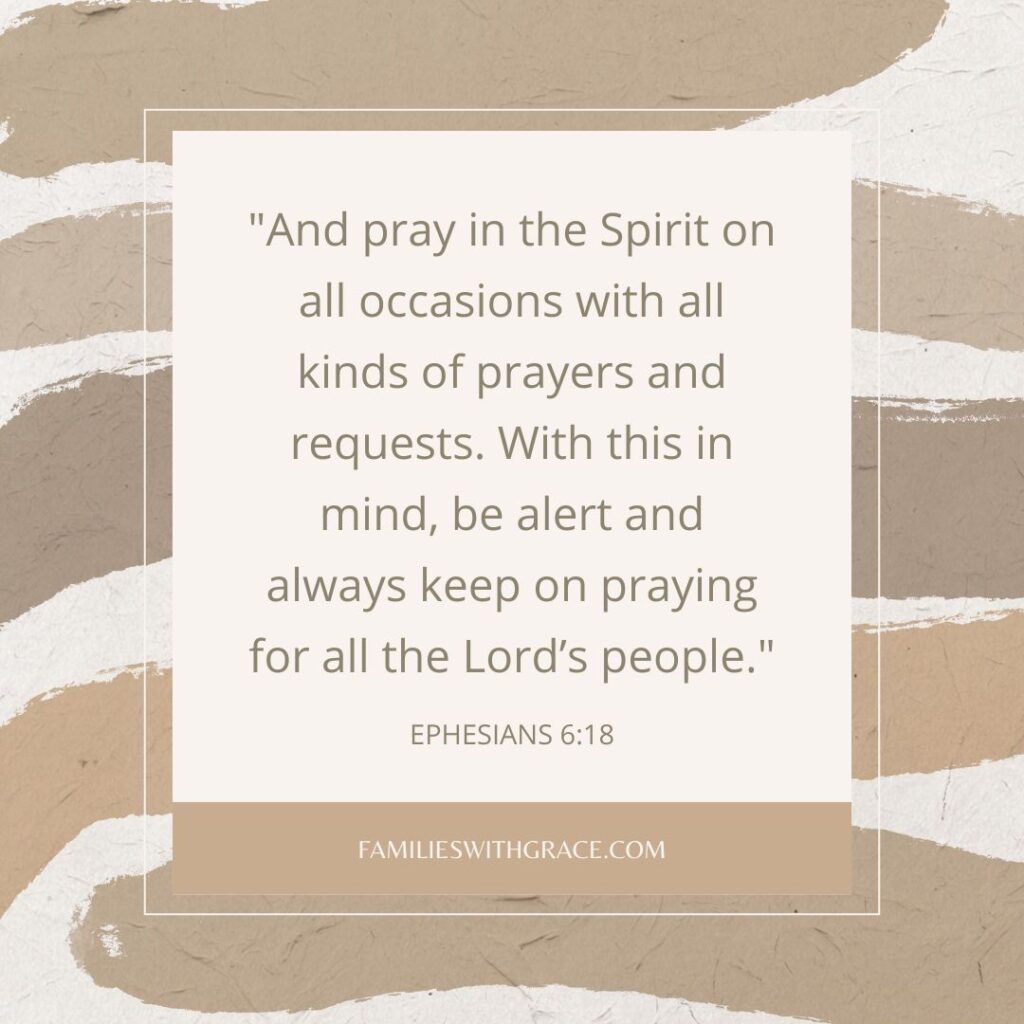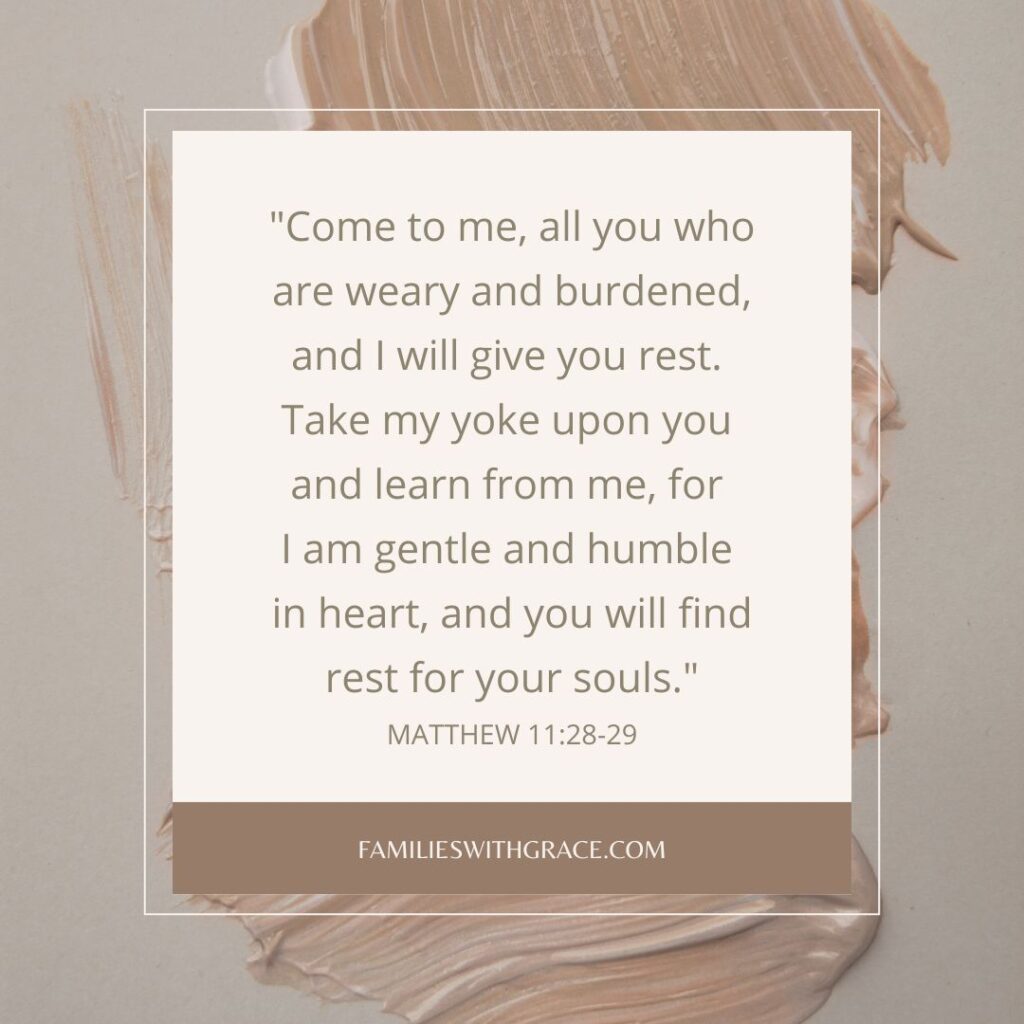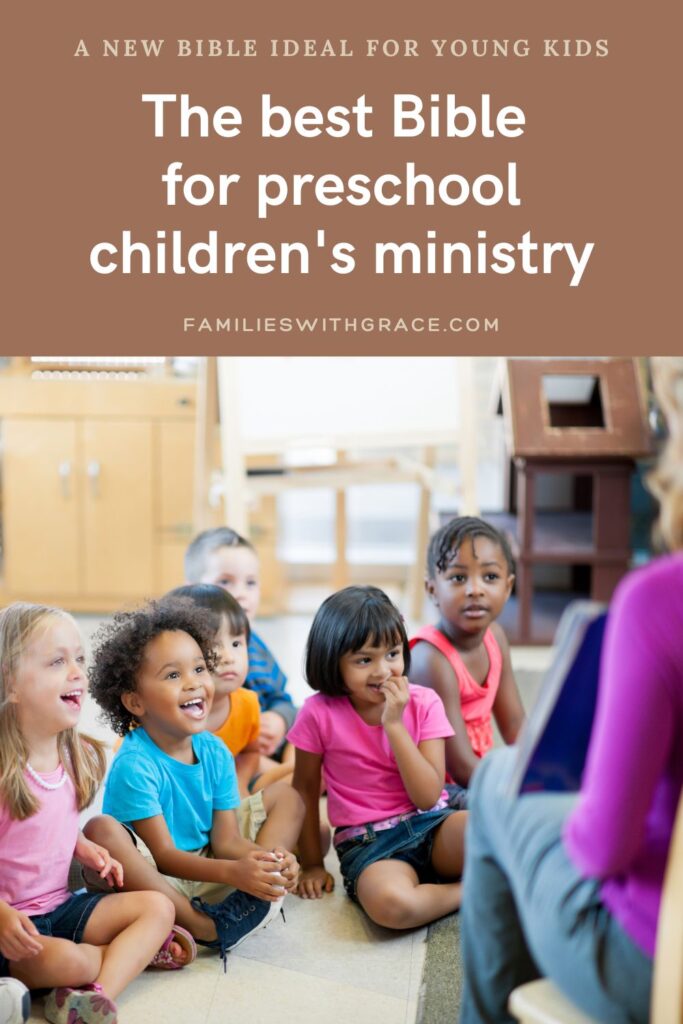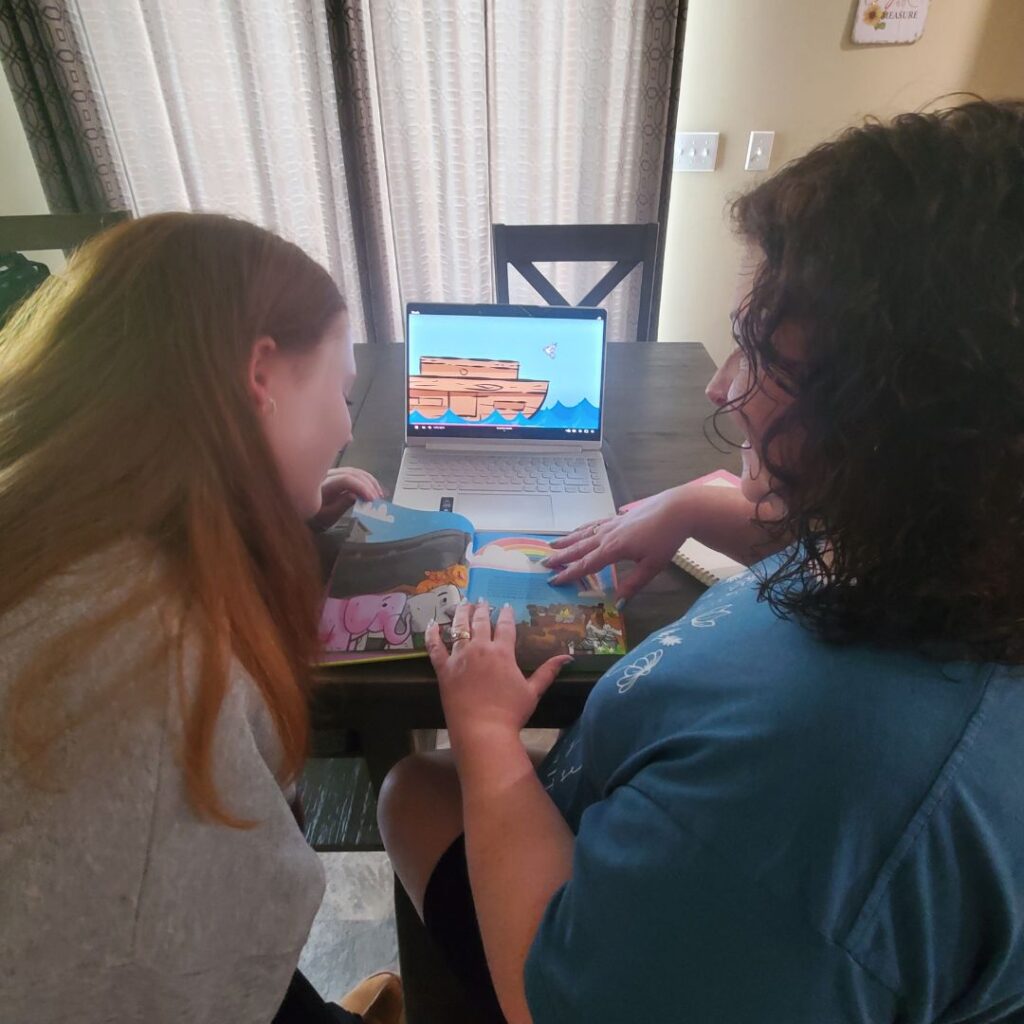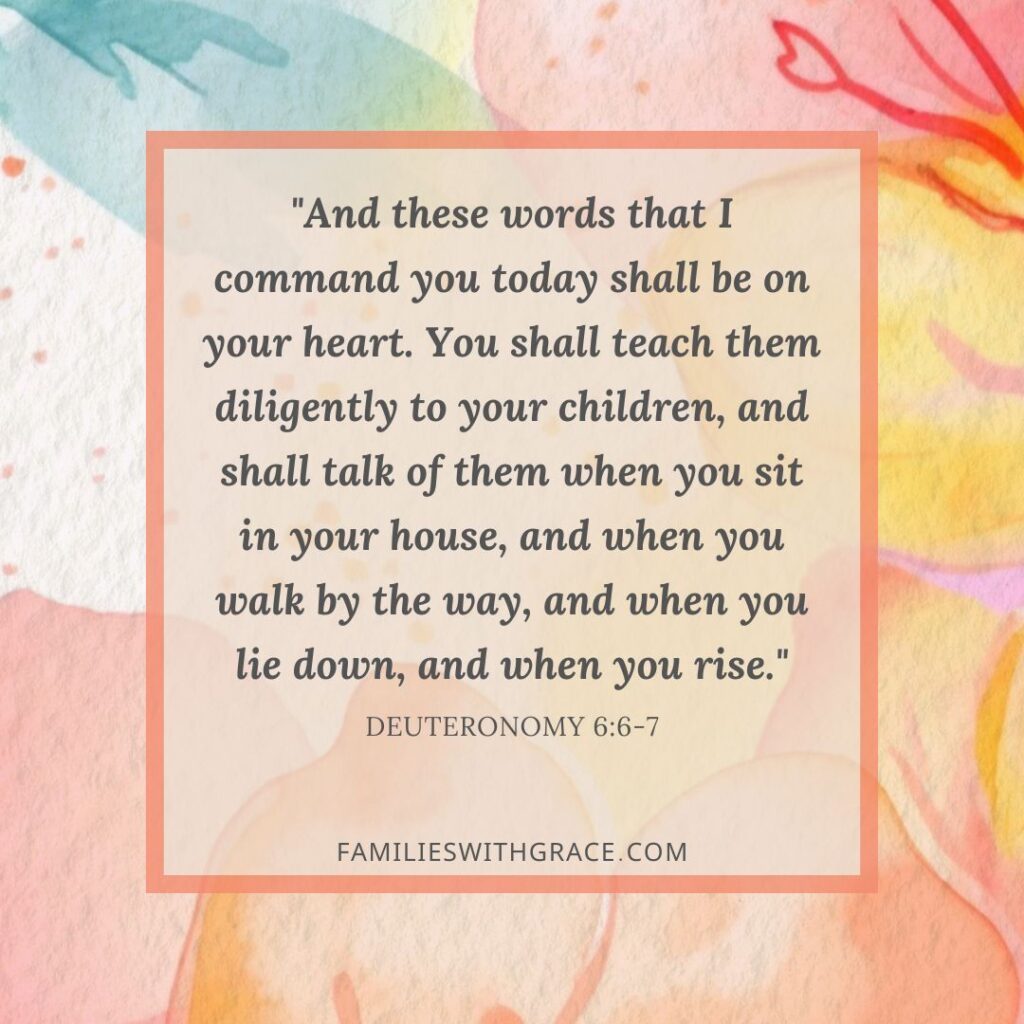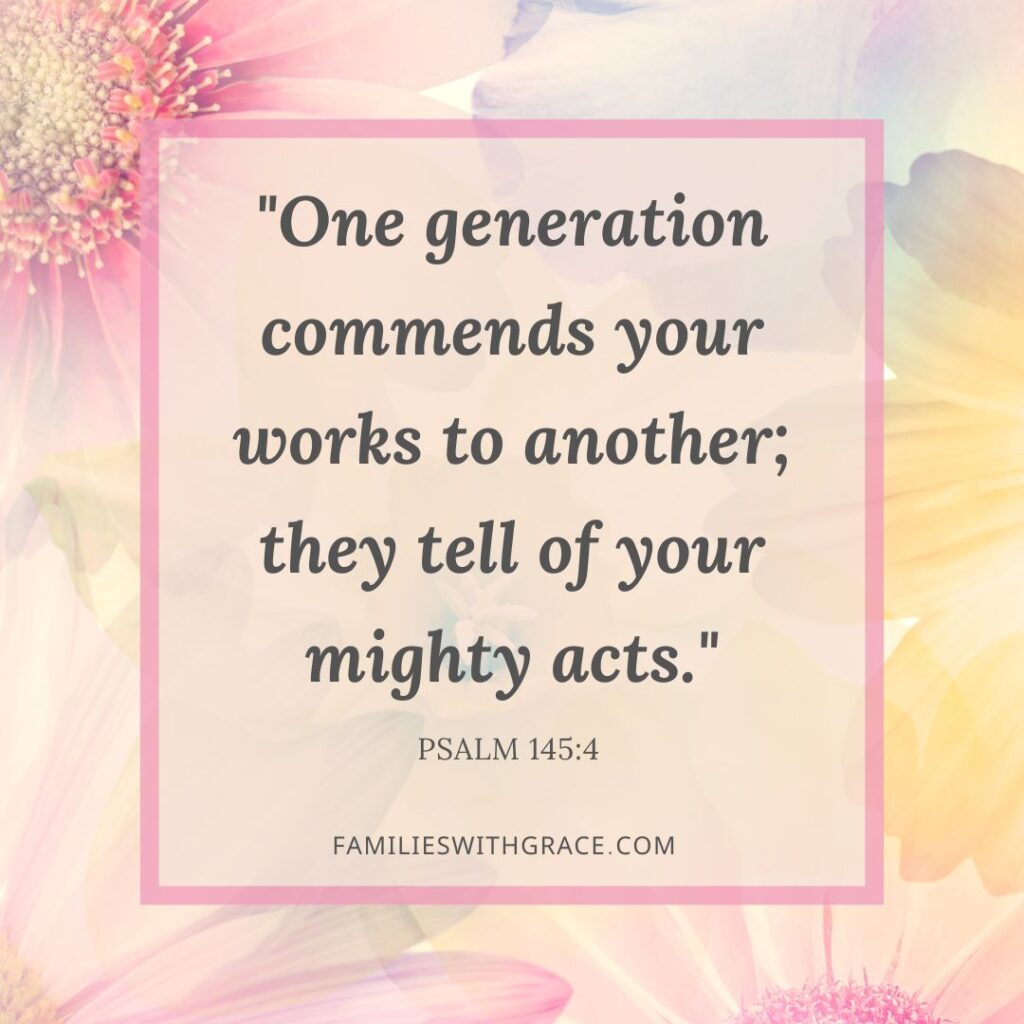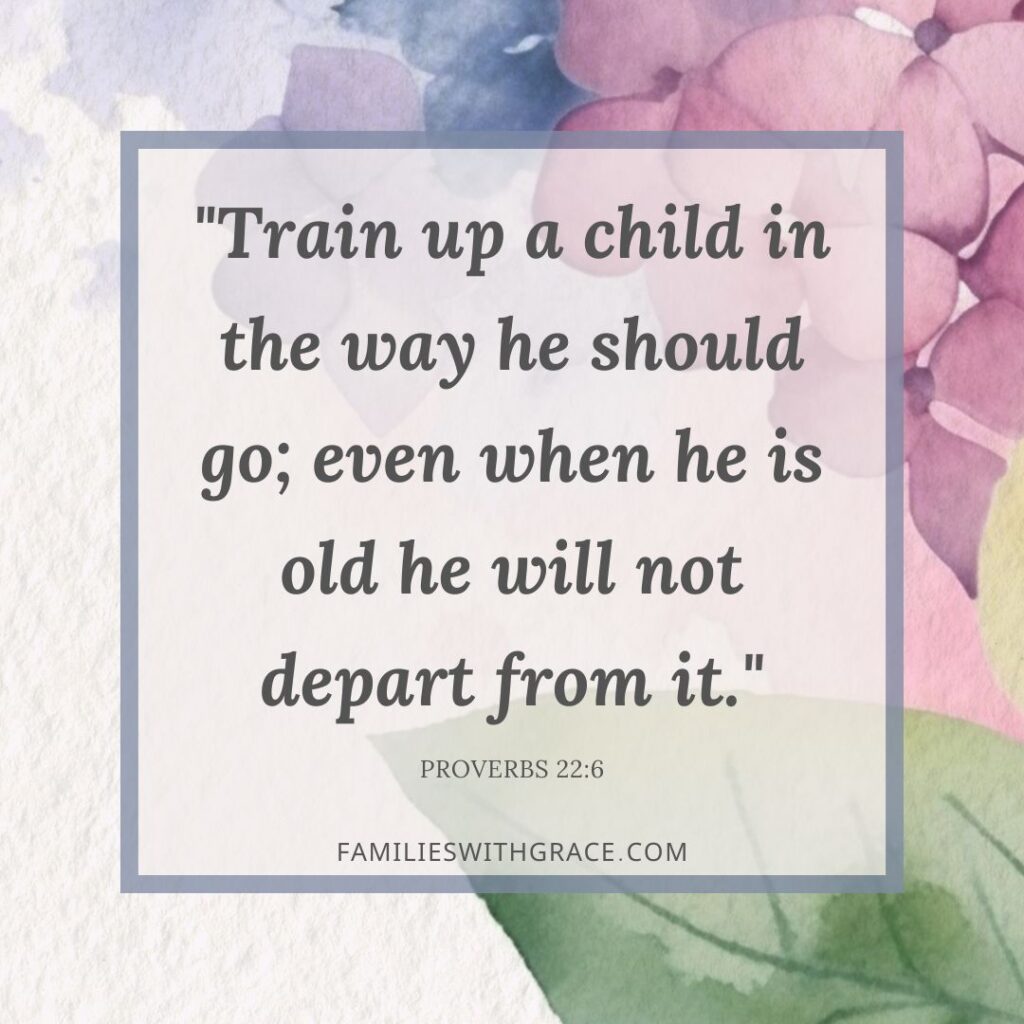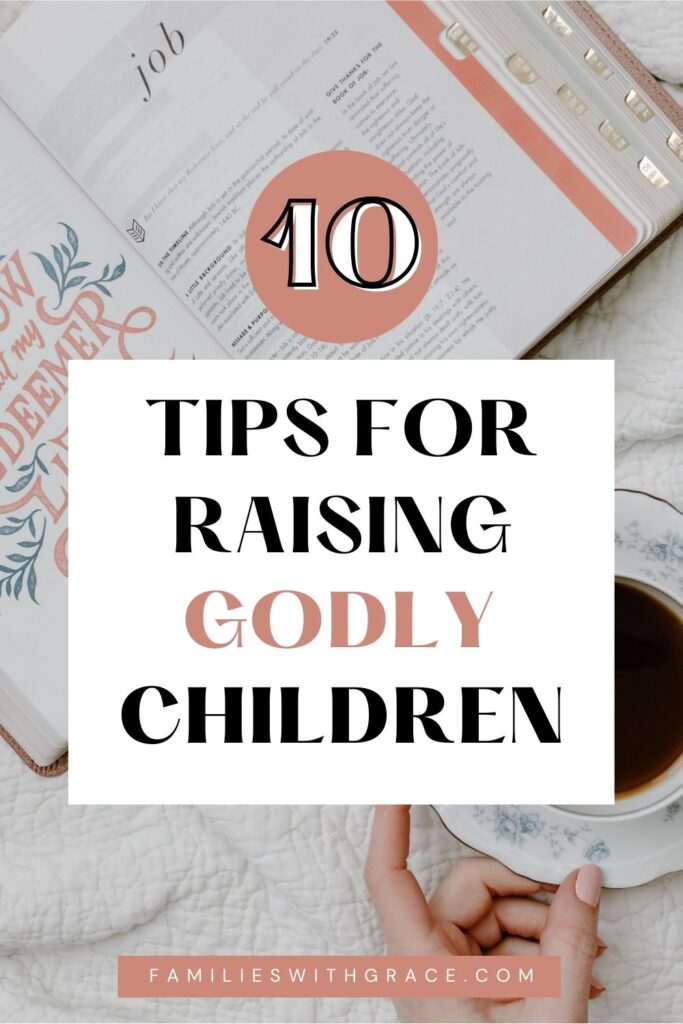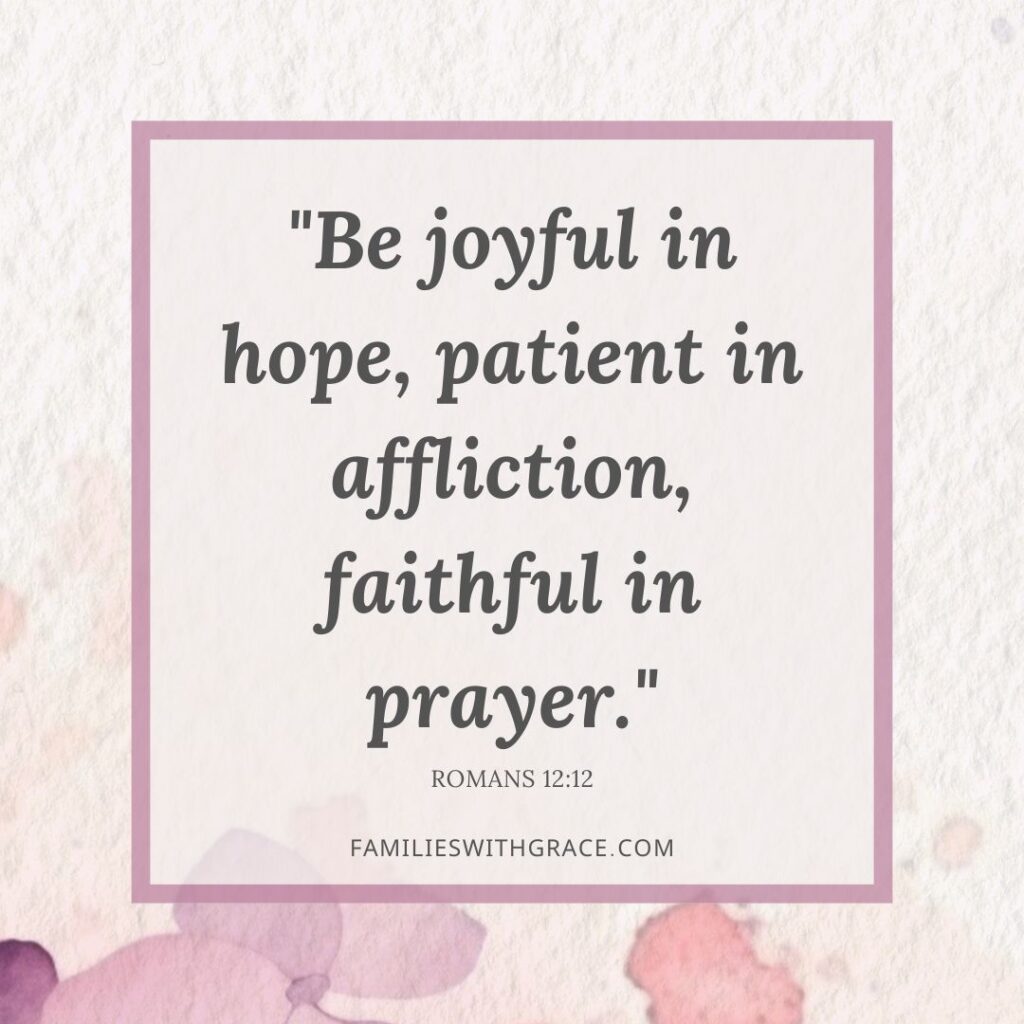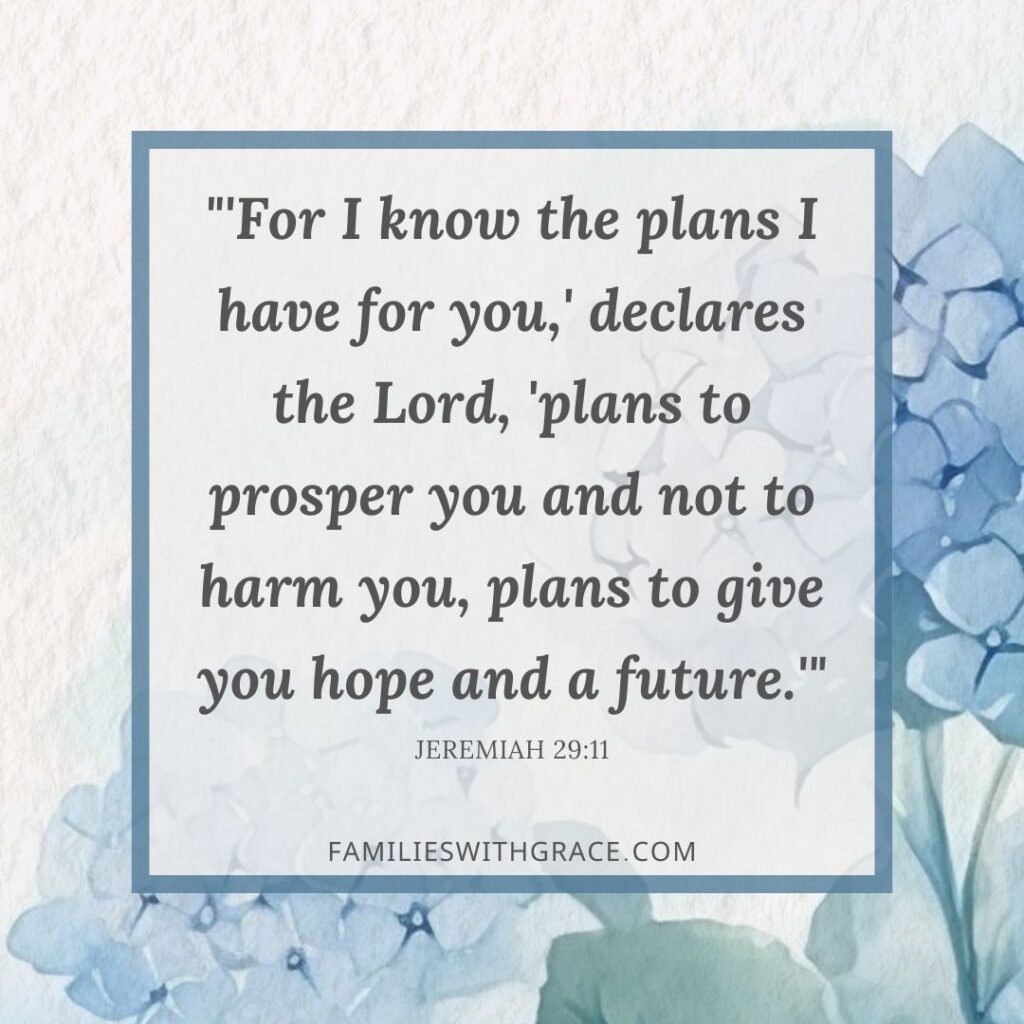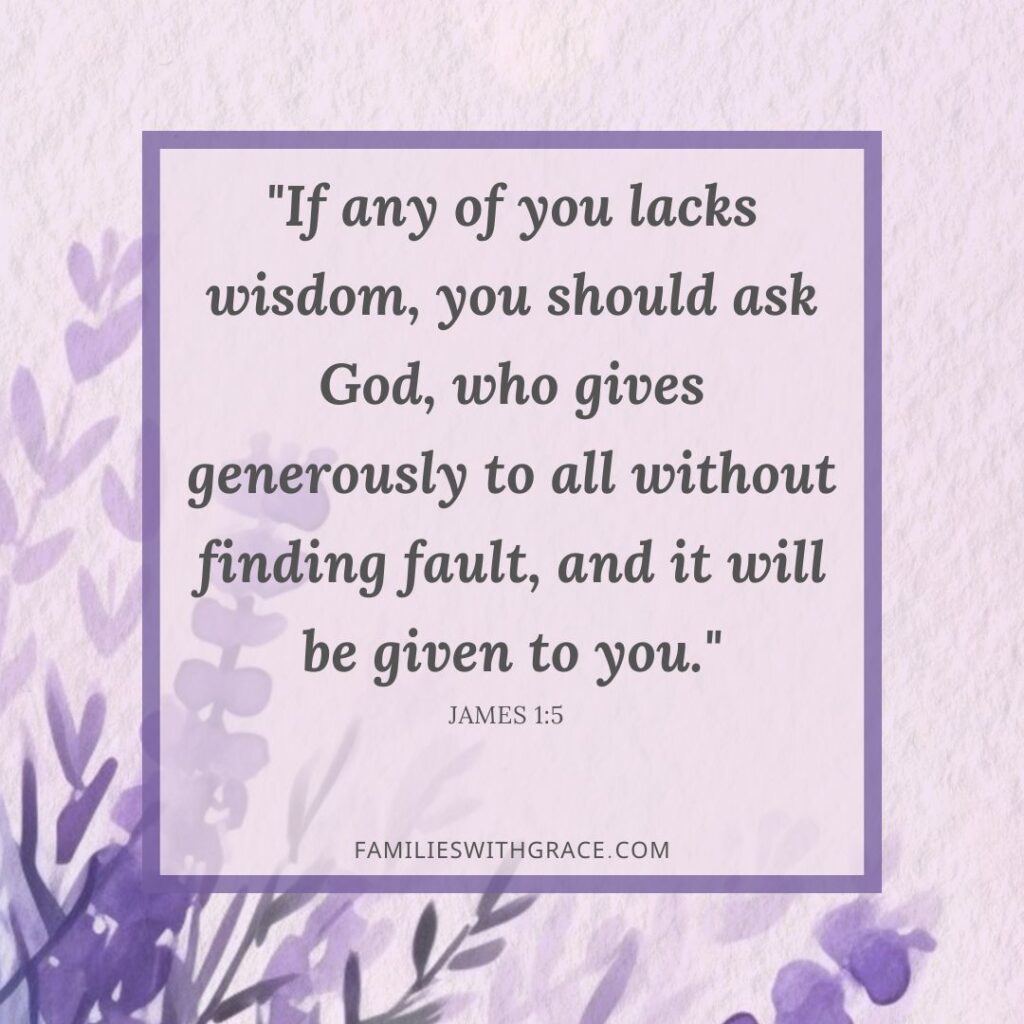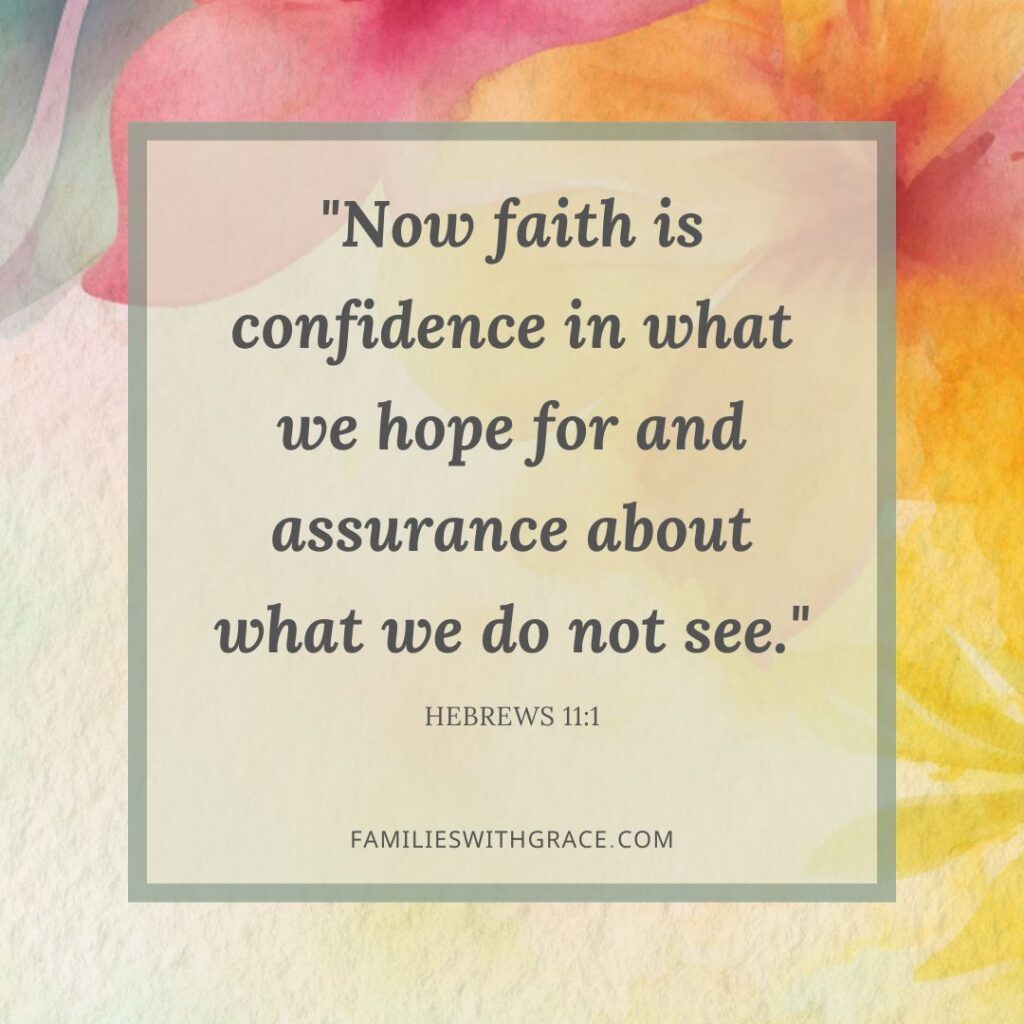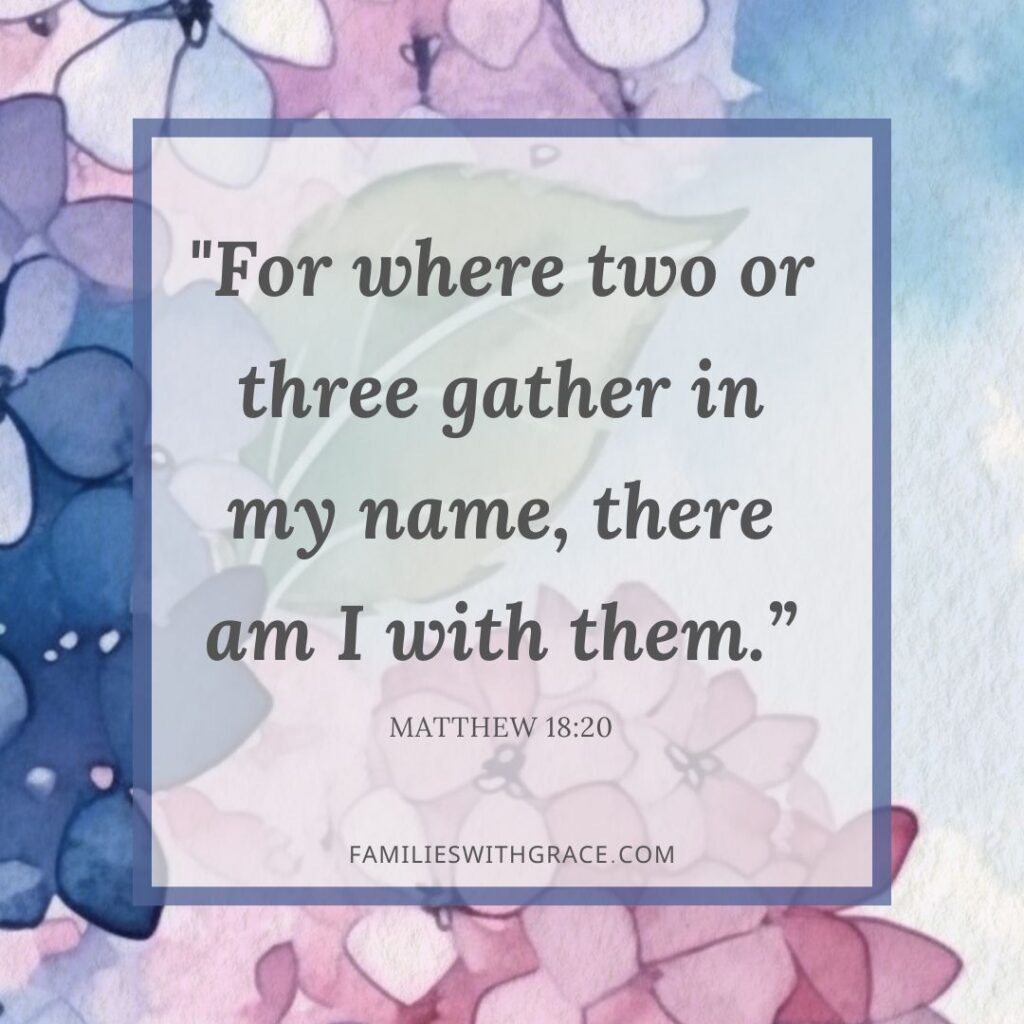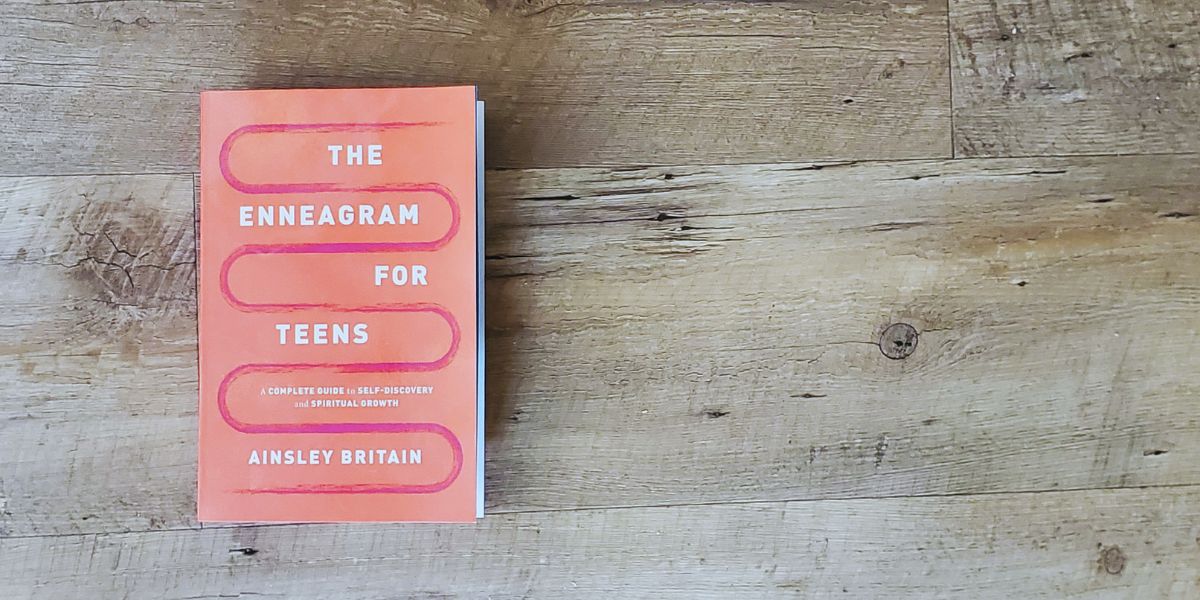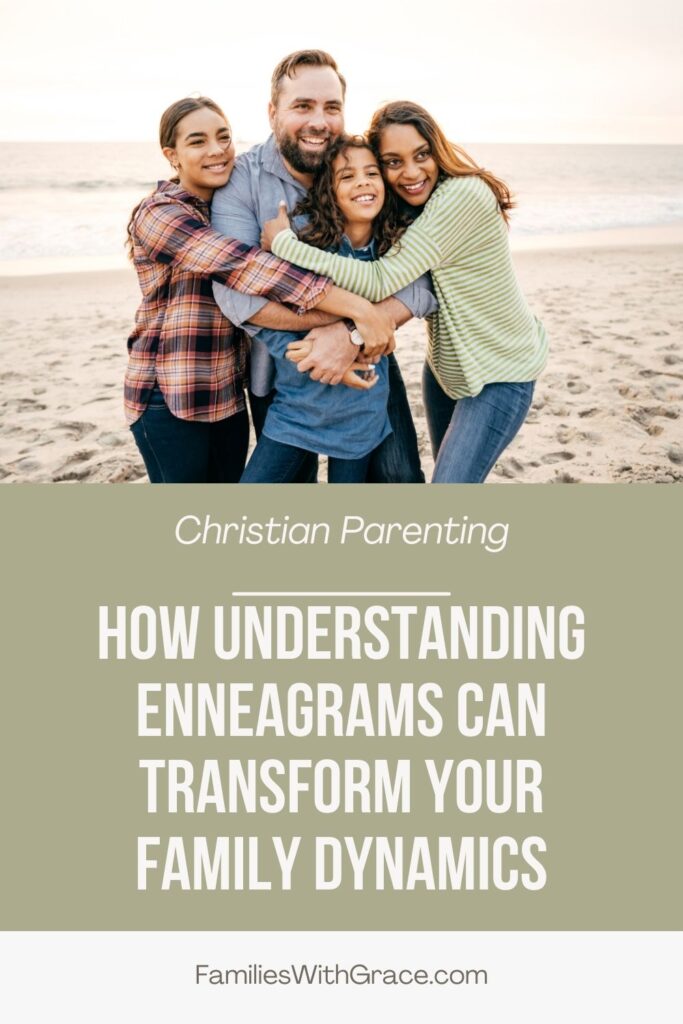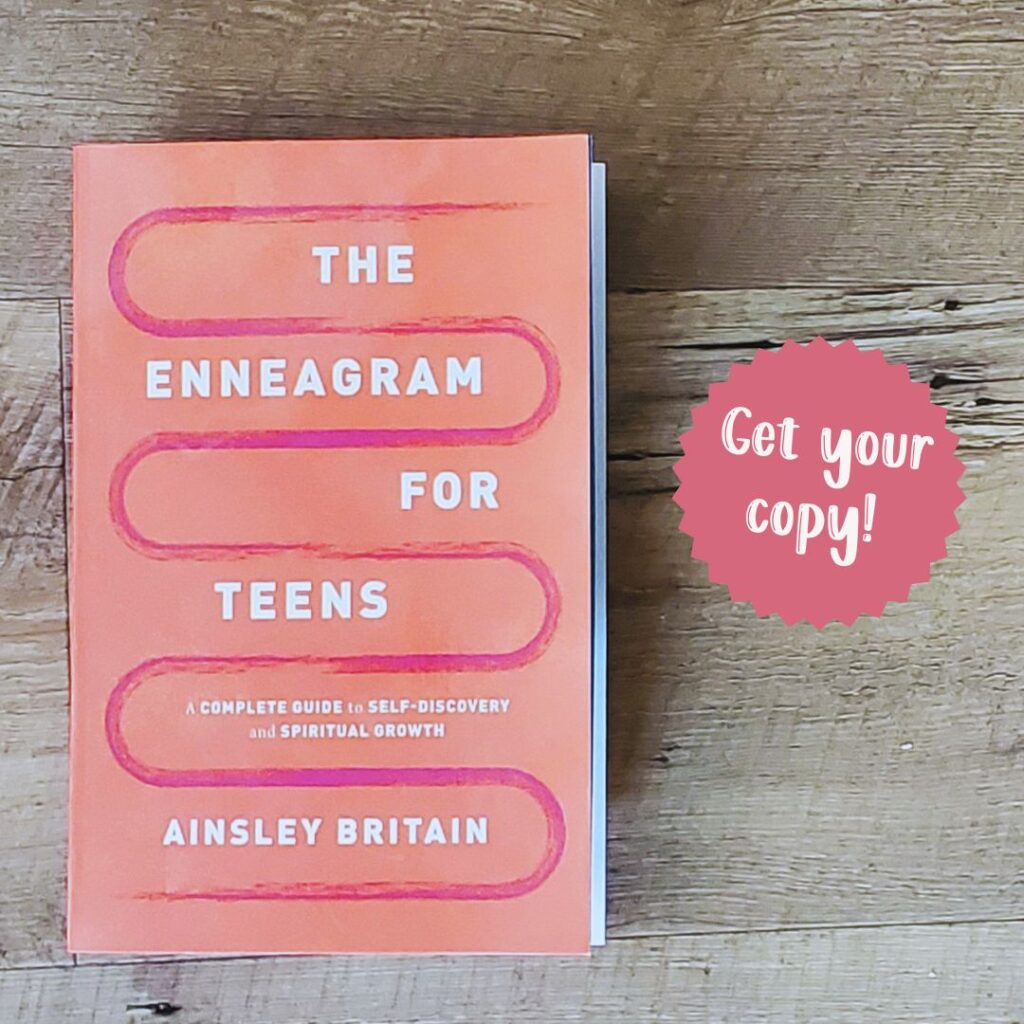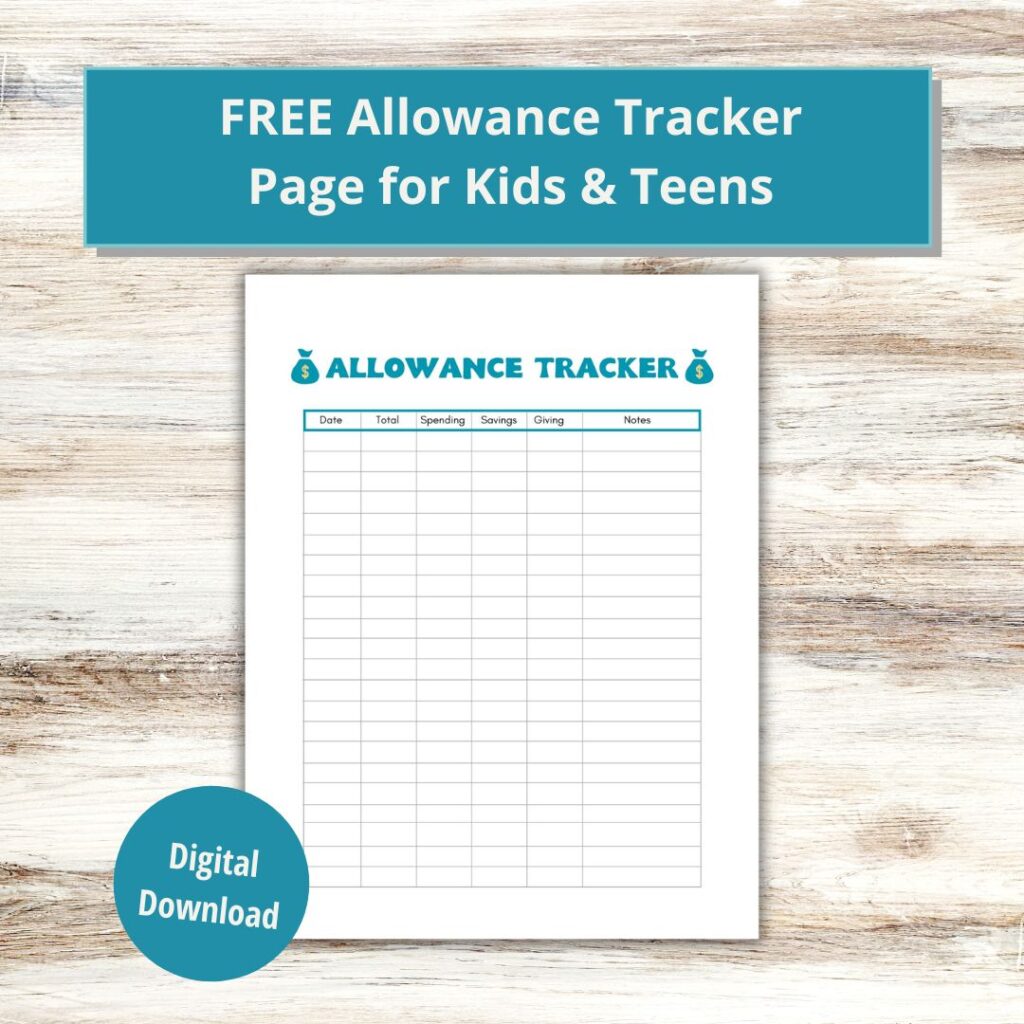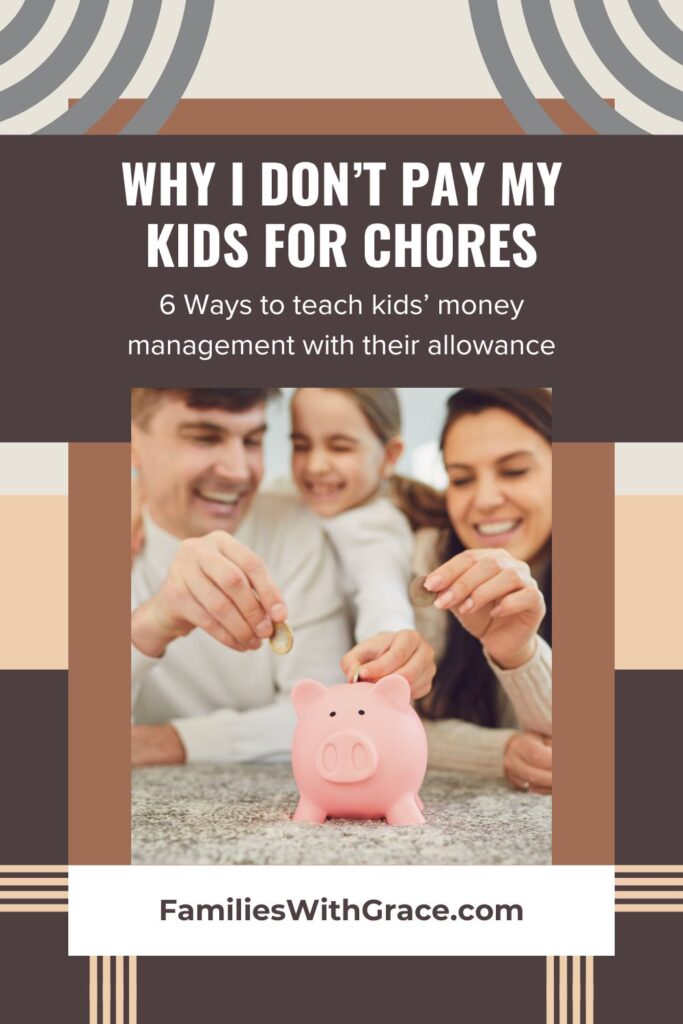A real look at cleaning with kids at home
If you’d have told me a decade ago that I’d write about house cleaning tips, I’d have laughed in your face.
Back then, I had a 2-year-old and a 5-year-old, and I was struggling to keep up with the bare minimum.
These days, those babies are now in middle and high school. Through the years, I’ve learned a few things that work from my mom and from my own experiences.
(Find the link for the free 4-week deep cleaning challenge at the bottom of the post.)
Affiliate links are used in this post, if you make a qualifying purchase via my link, I receive a small percentage of the sale at no additional cost to you. It helps support my blog, so thank you for your support! Read my full disclosure here.
Why a clean house is more peaceful
When my house is a mess, I feel guilty. And when I feel guilty, I get grumpy.
And when I get grumpy, I’m more inclined to snap at my family for small things.
The other option is jumping into a pit of self-pity and sadness that I’m not better at cleaning my house.
I feel more pressure than my husband to keep our house clean and more embarrassment when it isn’t. I interpret our messy house as my own personal failure.
You’d think that would make me an excellent housekeeper. But it doesn’t.
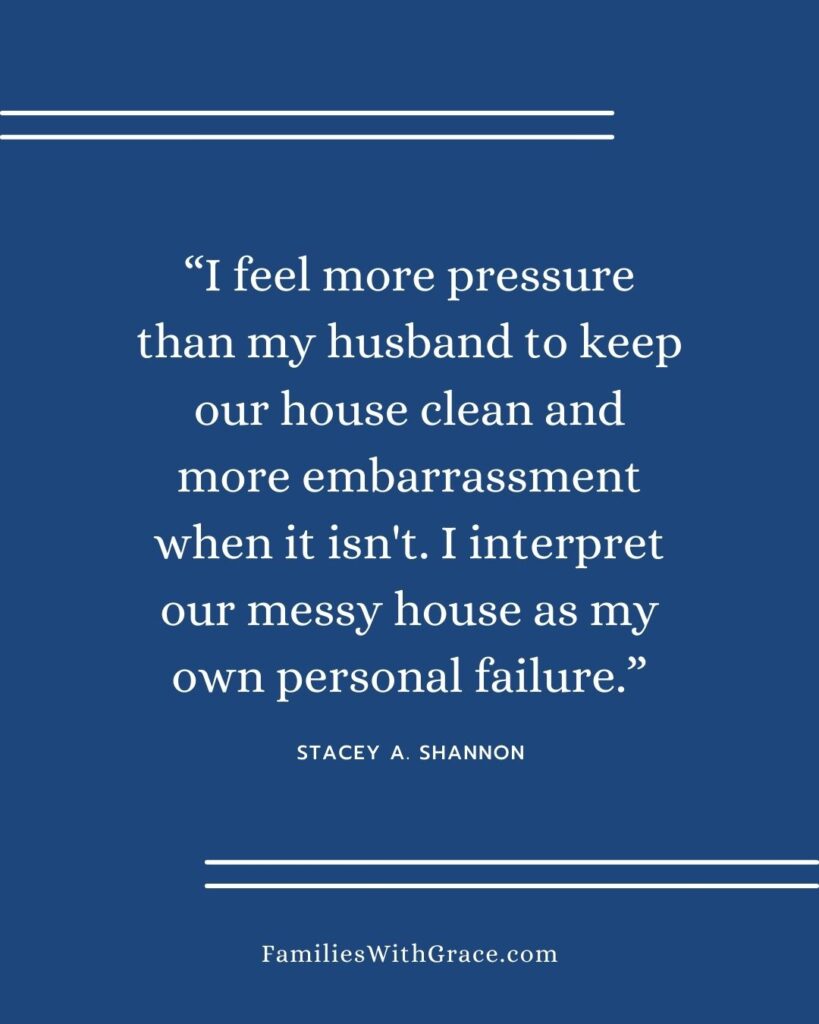
Instead of doing something about it, many times I just beat myself up. I have had literally years at a time where I couldn’t do better for a variety of reasons and still berated myself over it.
However, I have learned some things through the years, and I’m going to share them with you in case you aren’t one of those rare folks who love to clean.
I don’t offer a detailed cleaning plan. I’ve tried those, and they stress me out and make me feel worse about all that I’m NOT doing. Instead, I’m offering real-life tips that have helped my family.
Most of these are inspired by my mom who not only is an excellent housekeeper but truly enjoys cleaning. (I know. It’s weird to me, too!)
Employ the ABC method: Always Be Cleaning
One of my best tips is ABC: Always Be Cleaning. That might sound like a nightmare to you, because it certainly would have to the me of a couple years ago. But, hear me out.
My mom’s strategy is to clean as she goes so there isn’t a big mess to deal with later. It sounds simple, and it really is.
I do things like wipe down my kitchen sink after washing dishes (which takes an extra 60 seconds at most).
Deal with the mail immediately after bringing it in so it doesn’t end up on the countertop for days.
I wipe down the bathroom counter after I finish getting ready. Most of the time, I just use my wet washcloth from washing my face.
I pull up the covers on my bed as soon as I get up, so the bed is mostly made.
I’ve learned a lot of these tasks take a short amount of time. Seriously in 30 seconds, I can do a quick wipe of my bathroom countertop. I can unload the dishwasher in less than 5 minutes.
Keep cleaning supplies handy
If you’re going to always be cleaning, then you need cleaning supplies where you use them.
When we moved into a two-story house a few years ago, I knew myself and knew I’d either forget to bring cleaning supplies up or down the stairs or find it easy to procrastinate if they weren’t in easy reach.
So I buy enough for each location. Each bathroom has disinfecting wipes and toilet bowl cleaner. I do share glass cleaner between them.
The kitchen sink has disinfecting wipes and vinegar. I buy smaller bottles of vinegar, so I have separate vinegar bottles for upstairs.
I know this doesn’t sound ground-breaking to many people, perhaps. But it has made a difference for me.
For example, earlier this week I realized that I hadn’t yet cleaned the half bathroom downstairs and needed to. On my stop by there before going to pick up the kids from school, I cleaned the toilet in a minute. Later I wiped down the sink.
And those are the biggest areas that need weekly cleaning in there, so it worked well. If the supplies were even just around the corner in the pantry (a few steps away!), I know I wouldn’t have done that. And, quite honestly, I probably STILL wouldn’t have done it even now a couple of days later.
Cleaning isn’t all or nothing
Previously I’ve had the idea that if I can’t clean everything then I don’t even want to start.
However, I have been timing myself on doing tasks and realize that in a few minutes, I can accomplish a lot. And the things that need cleaned most don’t take all that long.
I can spend five minutes cleaning my bathroom and feel much better afterward. Yes, it still needs to be deep cleaned and floors mopped and such, but every little step counts.
Finding hours to devote to any one task is difficult. Being able to physically spend hours cleaning my house is basically impossible nowadays.
I’ve changed my mindset from doing it all or nothing to doing what I can when I can. Now I almost see it as a challenge to see how much I can get done in a set amount of time like 15 minutes.
And I’ve been shocked at how much I really CAN do quickly. (I also find more motivation to clean or straighten up if I have a time limit. I can endure cleaning for 5 to 30 minutes!)
Embrace the right cleaning products
Sometimes it’s about working smarter and not harder. From my mom, I learned vinegar can power through hard water spots and build-up anywhere. It’s a cheap and easy solution to cleaning things!
In my years of having a smooth-top stove, I’ve learned the absolute best cleaner for getting cooked in spots off is a mixture of baking soda and water. The grit in the baking soda, helps gently remove things.
I make a bit of a paste of with it and get to work. It works better than stovetop cleaners.
Another favorite cleaning product of mine is Dawn Power Spray. It’s great for messy pans and also for pretreating laundry. I’ve had spots on clothes coming out of the dryer, Dawn Power Spray-ed them, and they came clean.
And for very specific messes, I’ve found solutions as well. If you need to get Silly Putty or slime out of fabric, rubbing alcohol will help it come out with minimal scrubbing effort needed.
If you have blood in fabric, dab some hydrogen peroxide (undiluted) onto the spot, let it fizz, then wash like usual and it will come clean. In fact, I keep a spray bottle of peroxide in my laundry room for this very reason.
Enlist help
Throughout my adult life, my physical health has taken a hit many times. And with chronic health conditions, sometimes it takes a beating and I can’t do things.
So I have learned to ask for help and be willing to accept it. My kids have their own bathroom. They’re required to clean it once a week. They divide the tasks.
I gave them a lesson on exactly what I want them to do and how to do it. They don’t always clean as well as I do, but I do check in on their progress and have had them redo things.
And it still is helping both me and them! One of these days they’ll have their own bathrooms to clean.
In different stages of my kids’ lives, they’ve been able to help in various ways. While we don’t assign specific chores most of the time, we do expect them to help when we ask. They both are good to do just that.
Kids can do things like wipe down the table, sweep the floor, take out the trash, empty the dishwasher, fold laundry (folding washcloths and pairing up socks are great starting places), put away their belongings and more.
I will say, one nice thing about kids getting older is they are able to take on more responsibilities. Just the other night, I had a few pans to wash after dinner.
My husband tasked the kids with doing that, so I could sit down — and it was really nice to do that!
Don’t procrastinate
I’m not usually a procrastinator by nature, but I can be very good at overlooking things that need to be taken care of or put away. Very good!
I try to make sure that I’m putting things away when I’m finished with them. But in that mindset, I’m also trying to make sure that each item in our house has a home.
If I get derailed from putting something away immediately, then I make a conscious effort to take care of it next time I come across it.
Along with putting things away, I try not to procrastinate when it comes to dishes and laundry.
There are ALWAYS dishes and laundry. But, I’ve worked to simplify as much as I can.
Staying on top of the dishes
I have arranged my kitchen around my dishwasher. So the things I use most often are stored right above the dishwasher or within a couple of steps.
I can empty the dishwasher in five minutes or less and usually make myself do it the next time I am working in the kitchen (which is quite often with kids!) or ask one of my kiddos or husband to unload it.

I’ve also worked to be practical. My kids take their lunch to school everyday. I have enough lunch containers for two days worth of cold lunches for both kids.
That gives me two days to wash the containers in the dishwasher instead of by hand, which saves me time. If I throw in a day of hot lunch in their hot Thermos, then that helps even more.
I also have to add that I intentionally buy dishwasher safe items to make life easier and not have to wash as many things by hand.
Managing the laundry
And then there’s laundry. While I’m not as fast as my mom who folds and puts her away immediately, I definitely make an effort to deal with it in the same day.
My washer and dryer are on the second story in the middle of the bedrooms, so that really helps. We keep two laundry baskets for dirty things at all times in the laundry room: one for darks and one for whites.
I keep two additional baskets for my husband and me. One for clothes in our closet and another for towels and whites in our bathroom closet.
I can easily see when a basket is full and a load of laundry need to be thrown in. It helps keep me from getting as overwhelmed with load after load of laundry all at once.
Another bonus is that I have a set amount of laundry baskets and I have to make sure to keep laundry folded and put away so we can use the baskets as needed. (I do keep a spare one, though. I’m not THAT good!)
My handy husband also hung me a nice bar in the laundry room so I can hang up clothes straight from the dryer. If I hang up most of our pants and shirts, then I don’t have as much work to do with folding either.
As my kids have gotten older, they’ve been more involved in the whole process. My daughter now does her own laundry, which is sometimes a challenge to make sure her laundry is getting processed in and out of the washer and dryer.
They can switch out laundry, hang up clothes and fold laundry. Usually one evening a week, we’ll have a “laundry folding party” and spend about 15 or 20 minutes in my bedroom folding laundry together.
Give yourself grace
This is my final tip. No matter what systems I have in place, no matter how much progress I’ve made, I’m not perfect and I’m not going to be.
Life is going to get in the way. My health will flare for a week. My kids will get sick. Things happen.
I have learned to not beat myself up if I get out of routine and don’t clean my bathroom this week. It doesn’t mean I’m never going to get back on track. I will, and I do.
Can I say that in the past I was just a total slob and wasn’t doing my best? No way. I really was doing my best.
There are some seasons of life where it’s easier to clean than others. Having babies and toddlers make cleaning a huge challenge.
Going through physical and/or mental struggles makes cleaning a huge challenge.
Doing the best you can? Then it’s enough. Don’t beat yourself up for not being perfect or having the perfect home!
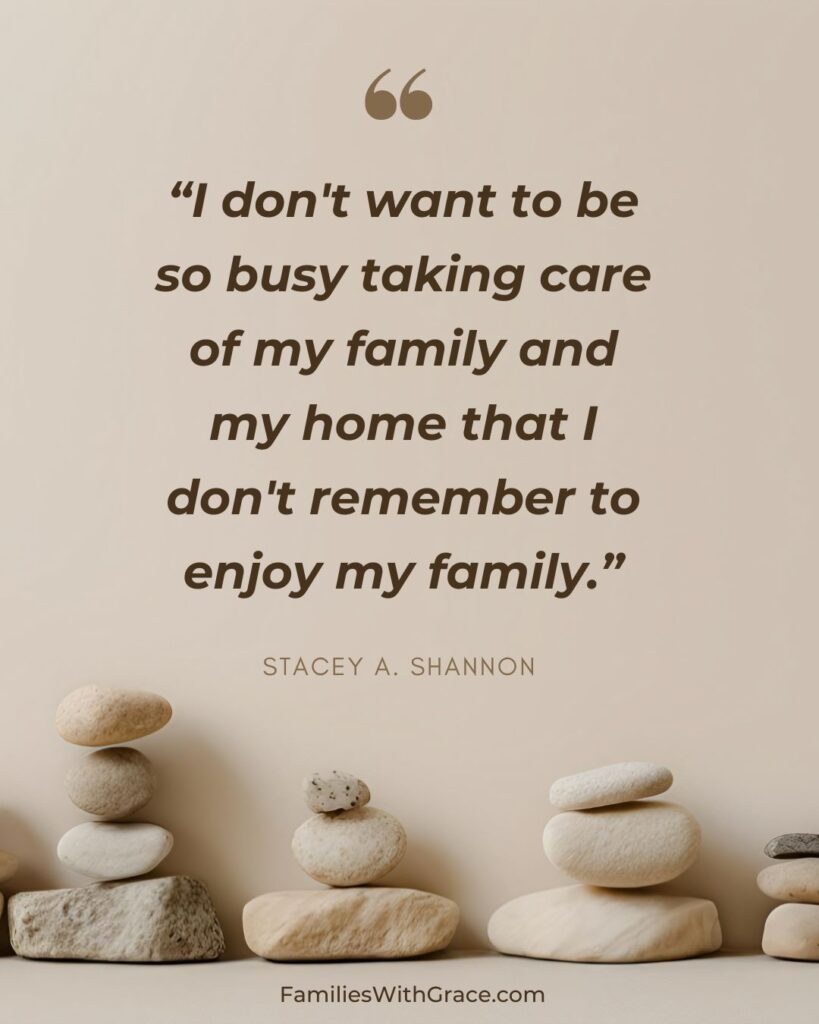
Here’s the thing: I’m never going to transform into someone who loves cleaning. (At least I will be shocked if I do!)
I won’t ever keep as spotless of a house as my grandma or my mom. But, that’s OK.
I try to be realistic in my goals and work for what makes my family and me the happiest. We are all happier when we have clean dishes and clothes.
We are all happier when there aren’t piles of papers all over the table we have to clean off every time we want to eat a meal.
We are all happier to go into a bathroom that smells fresh and doesn’t have weeks of build-up.
However, my family life isn’t going to dissolve into chaos if I let clean dishes sit in the dishwasher for 24 hours or a load of towels stay in the dryer for a couple of days.
I do my best, but I also remember my priorities. I don’t want to be so busy taking care of my family and my home that I don’t remember to enjoy my family.
Take the 4-Week Deep Cleaning Challenge
Get a jumpstart on house cleaning with this free 4-Week Deep Cleaning Challenge from Families with Grace!
It’s divided into four weeks with seven tasks each week as well as space to write in your own items. There are also some tips and encouraging verses to keep you motivated!


